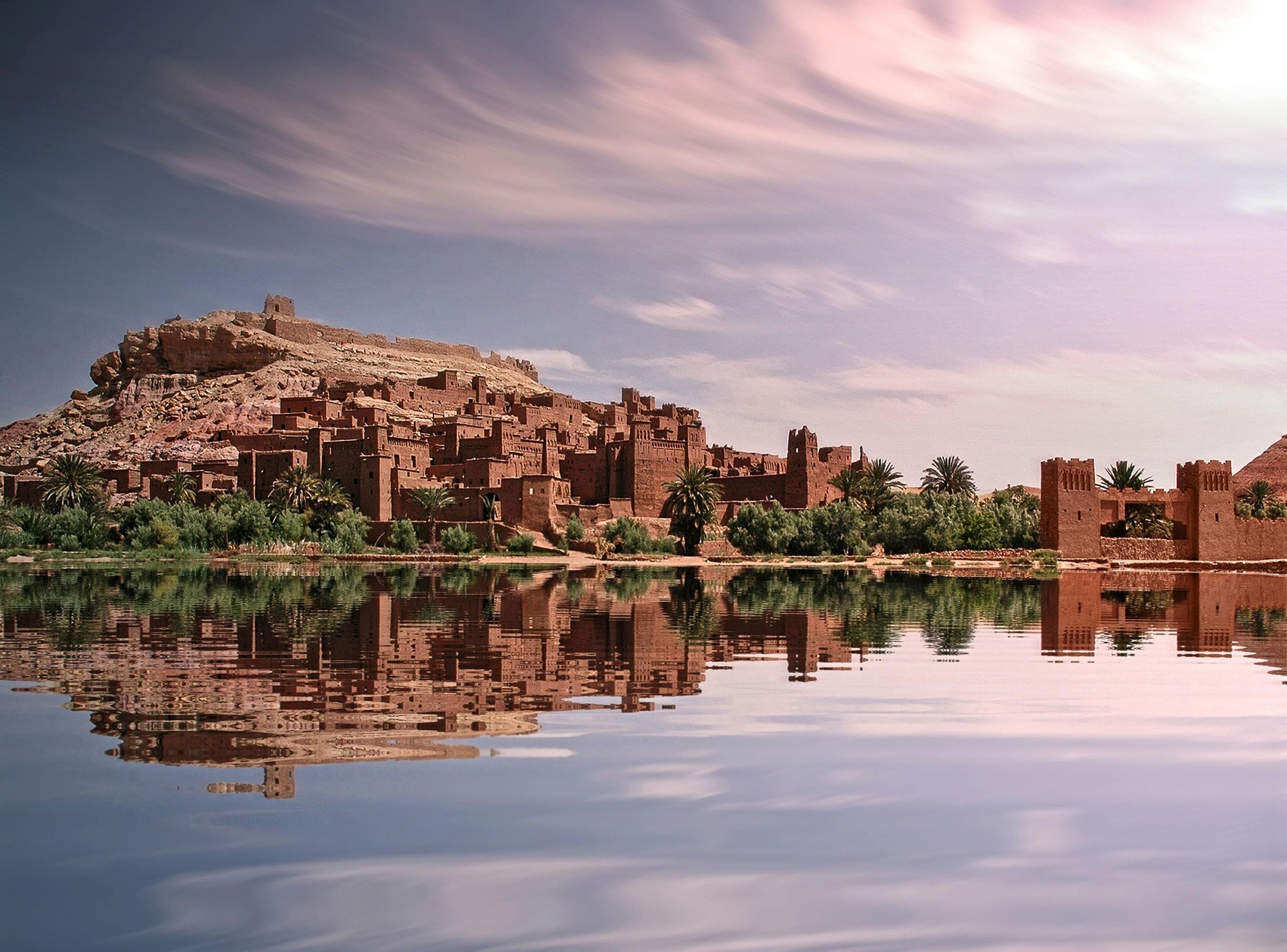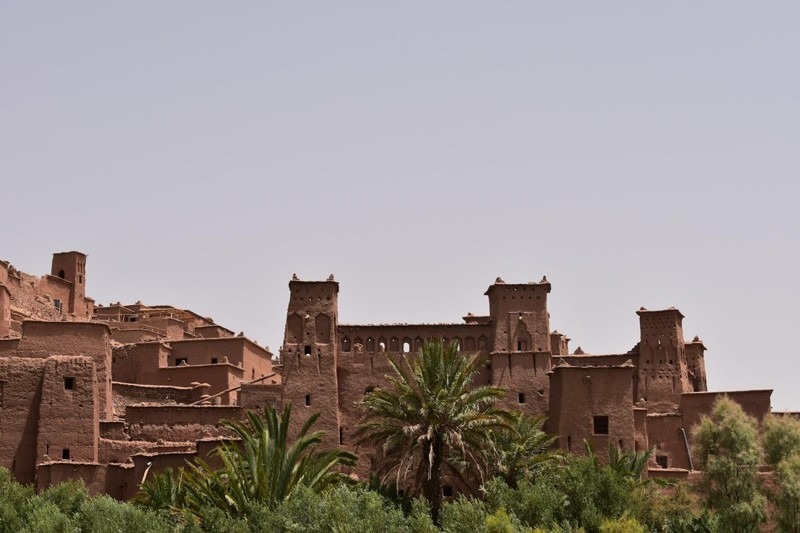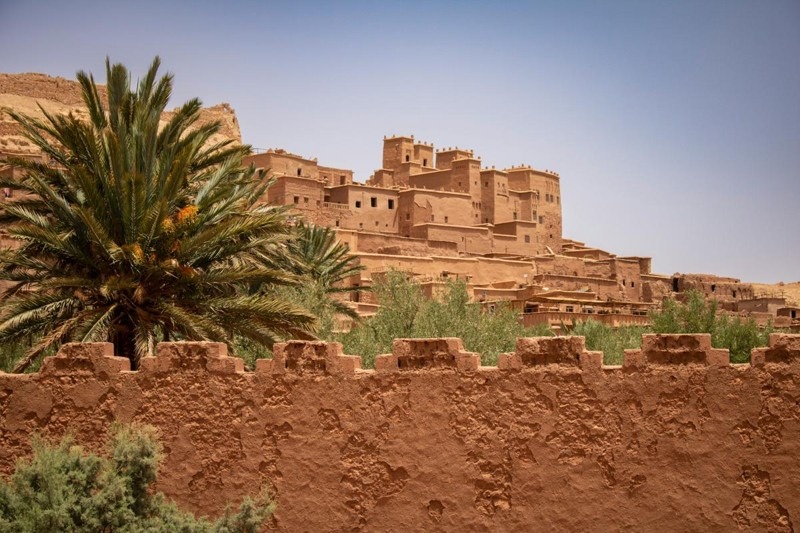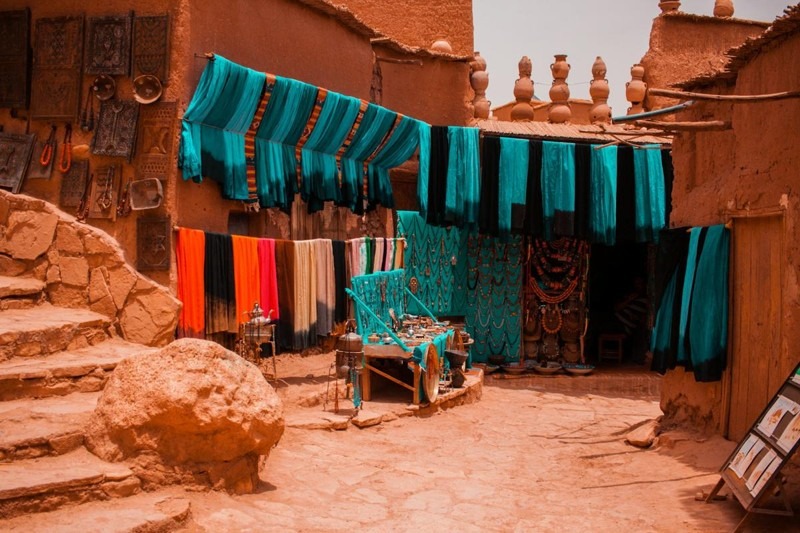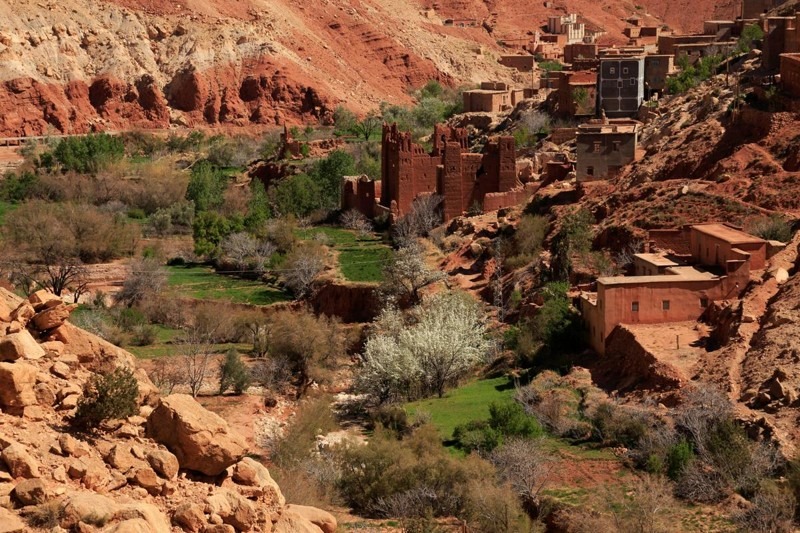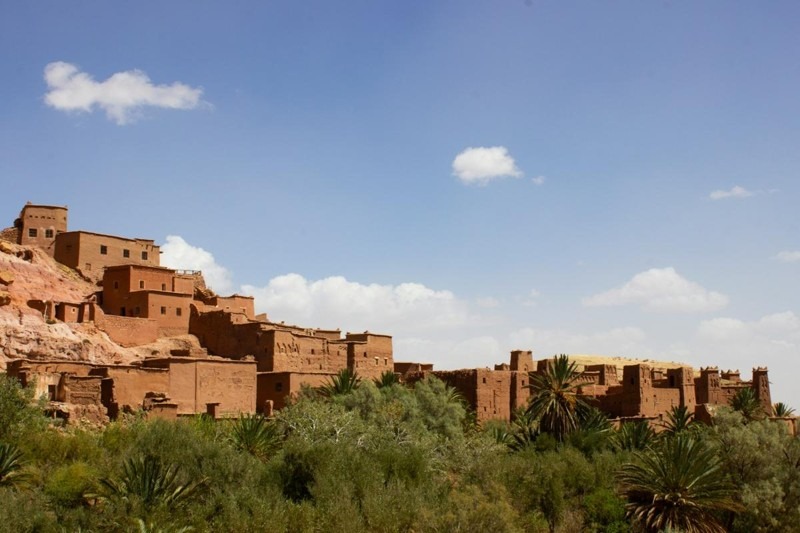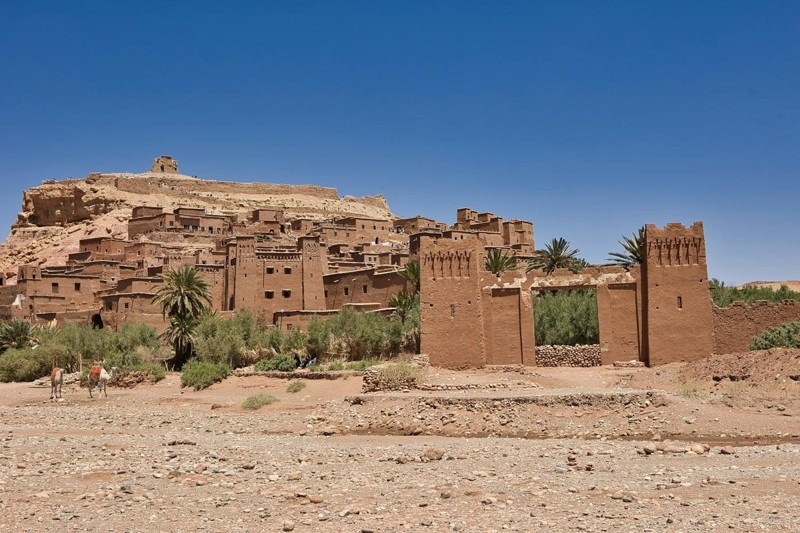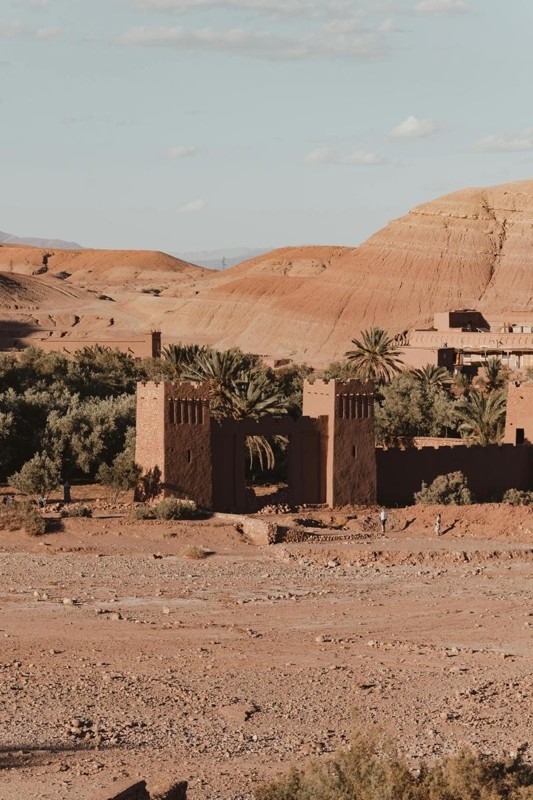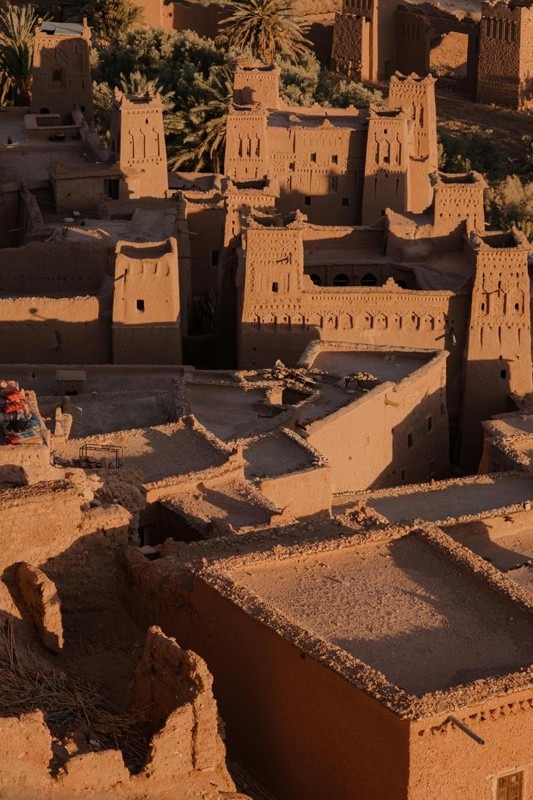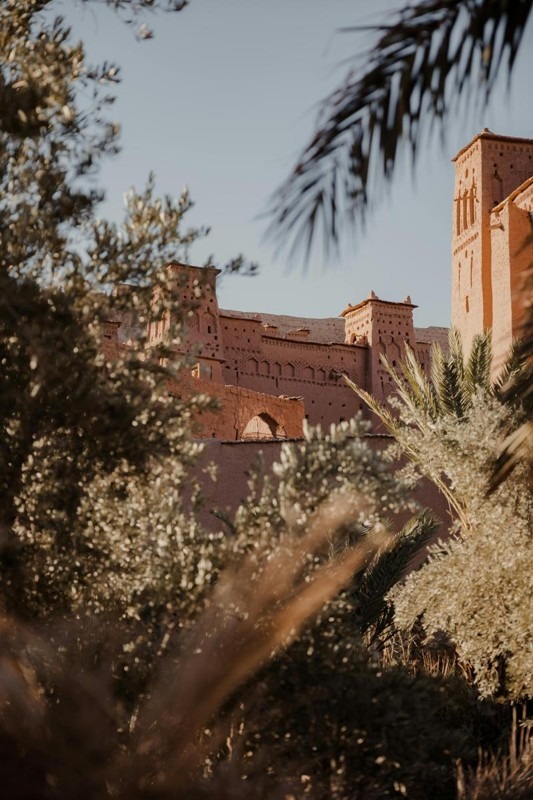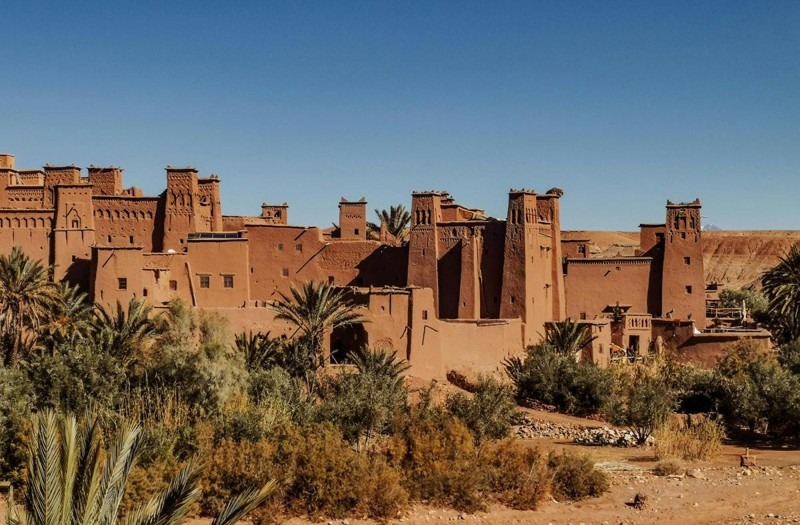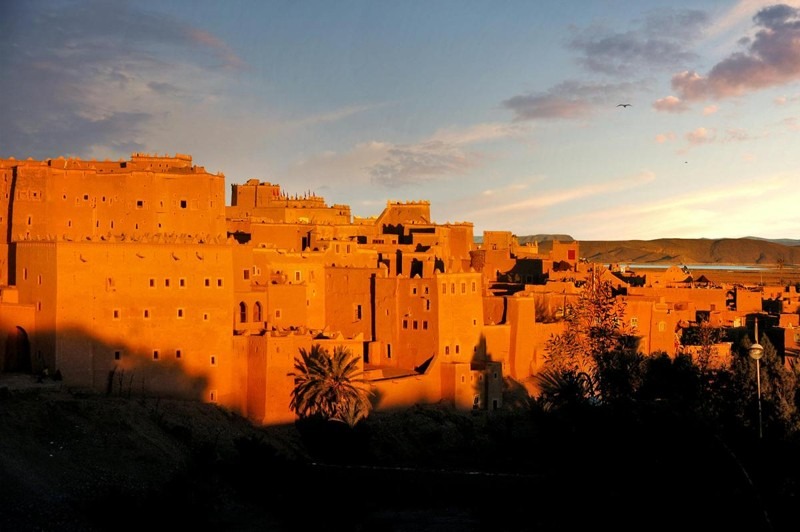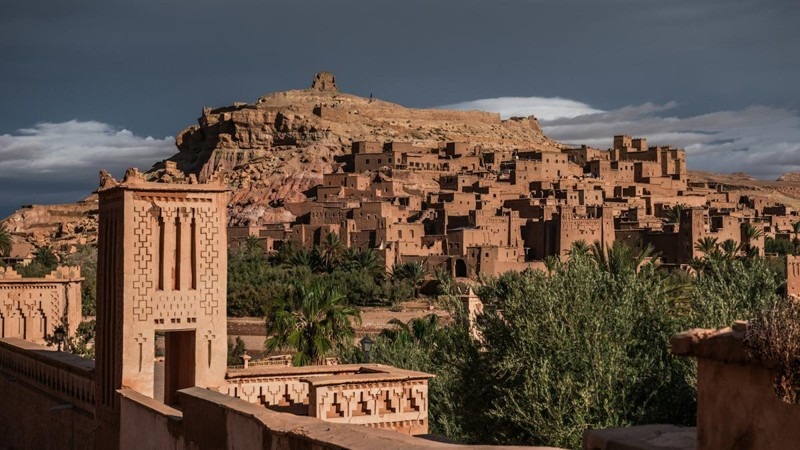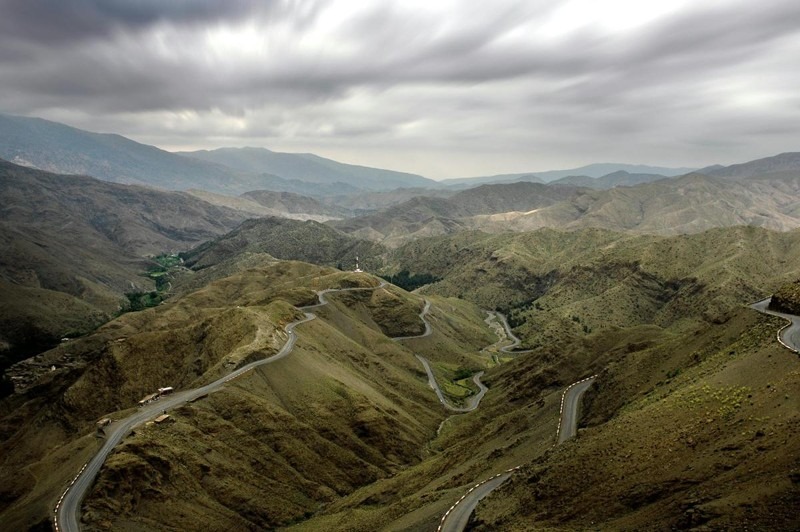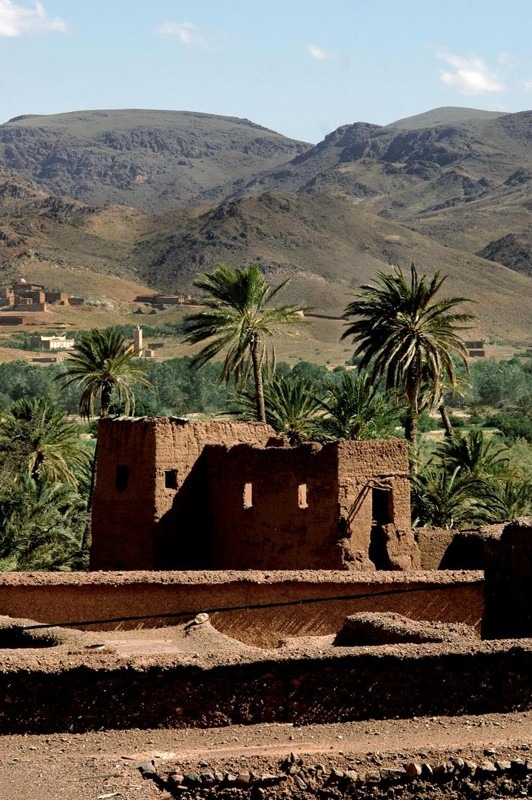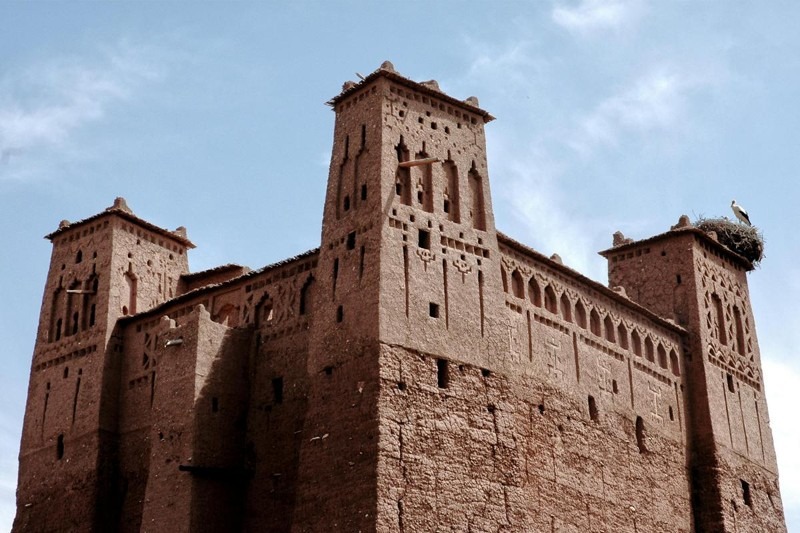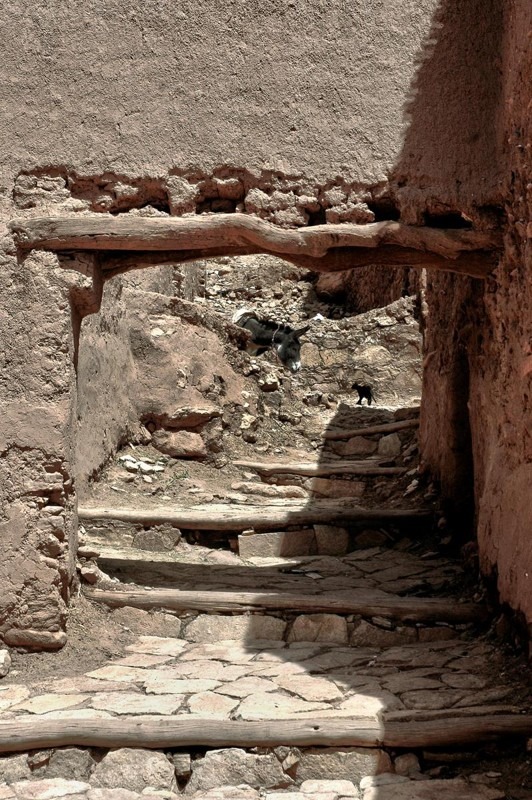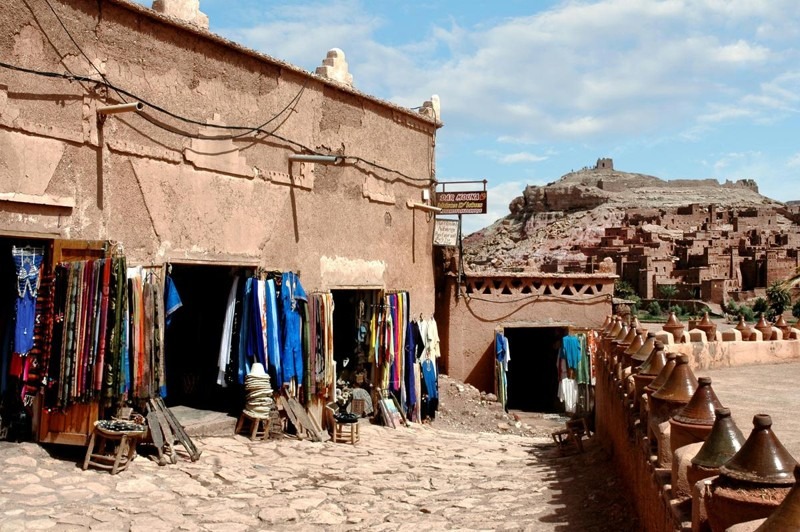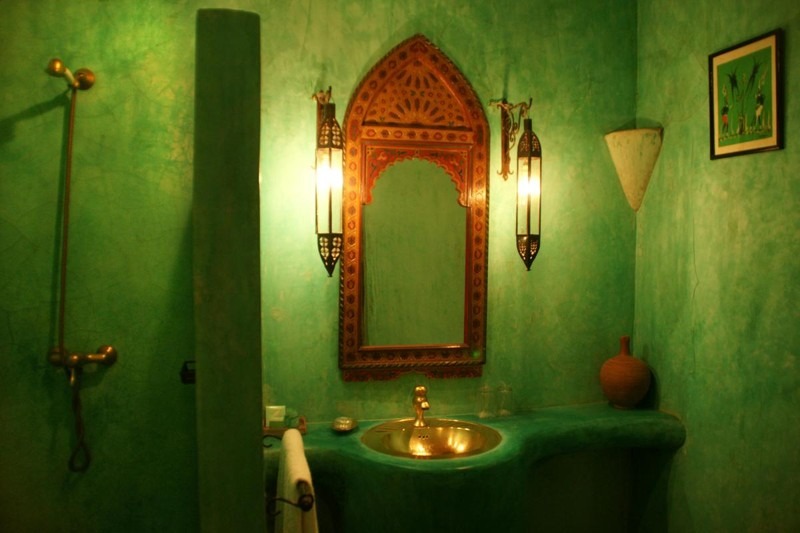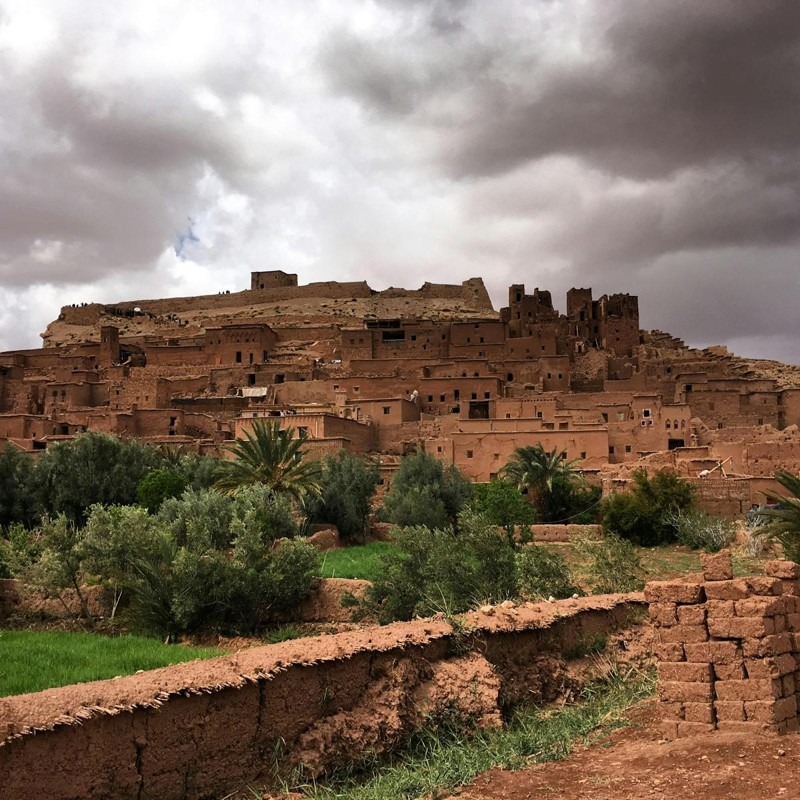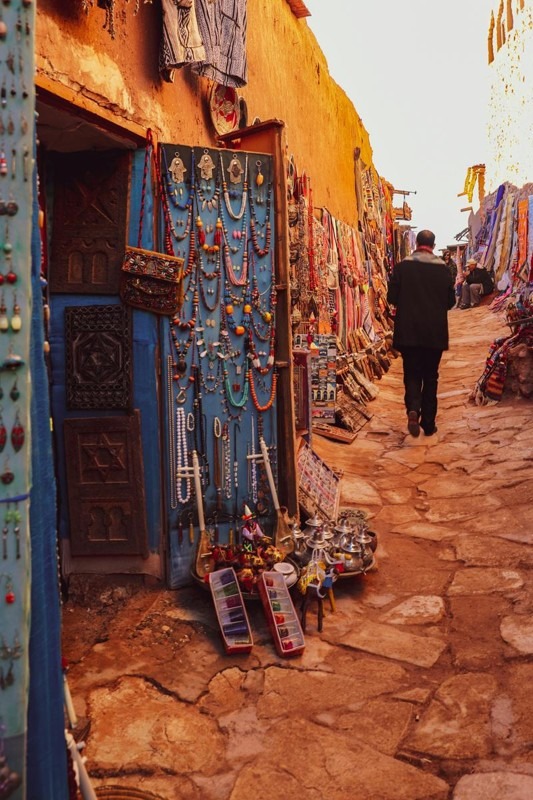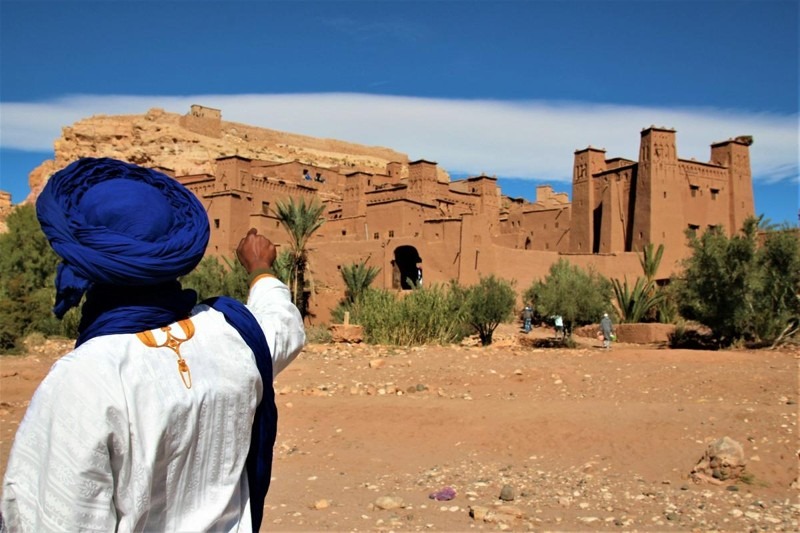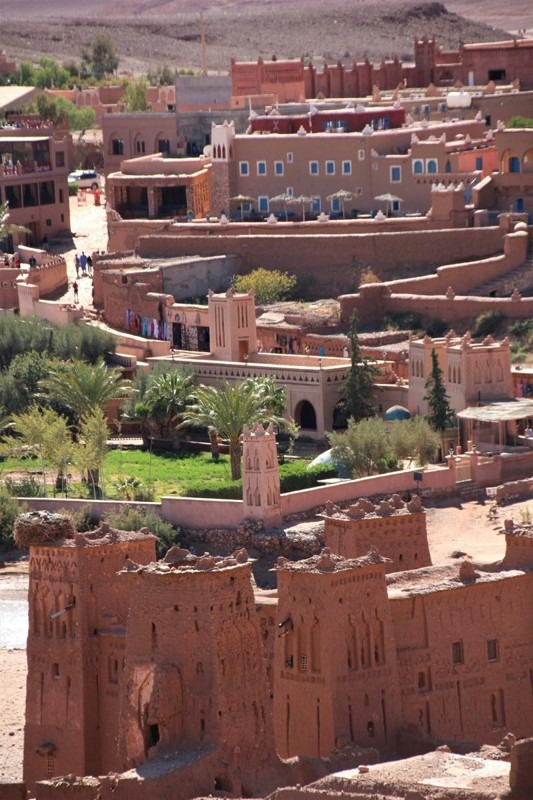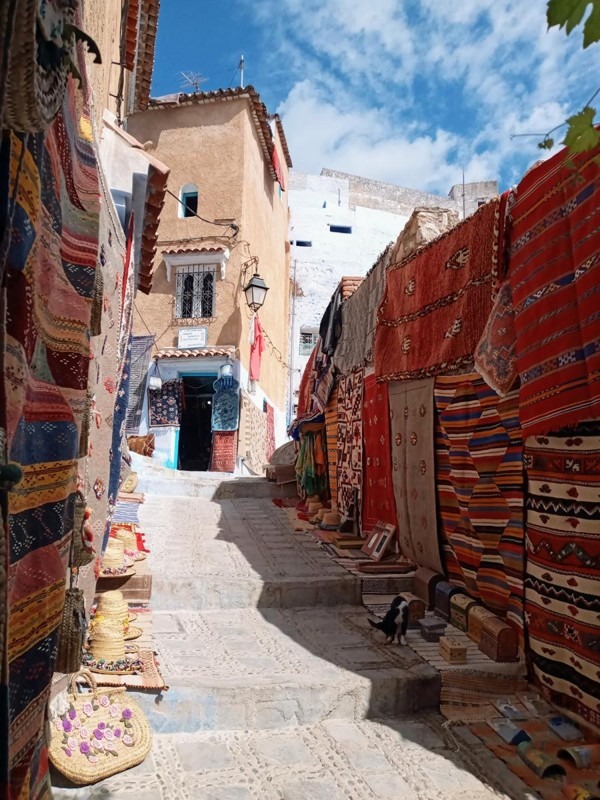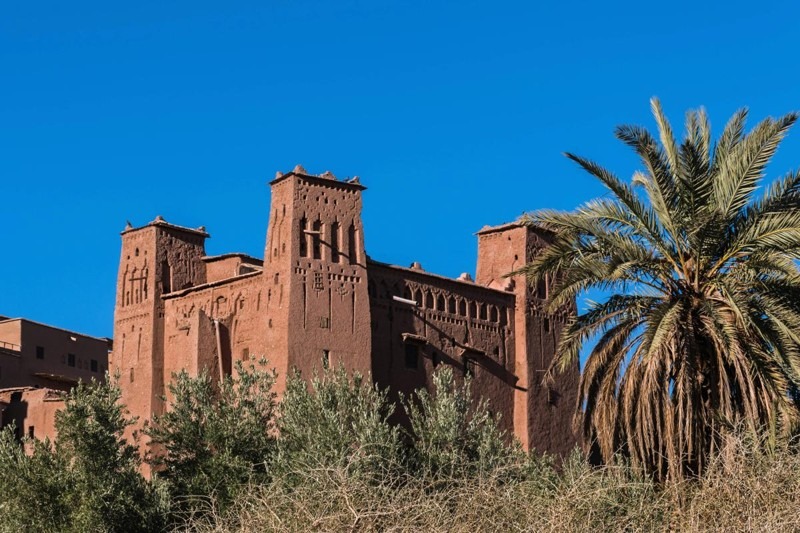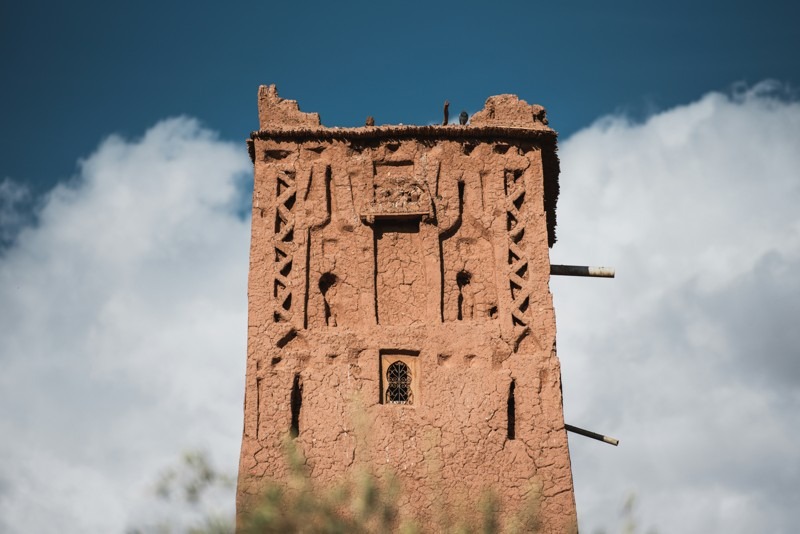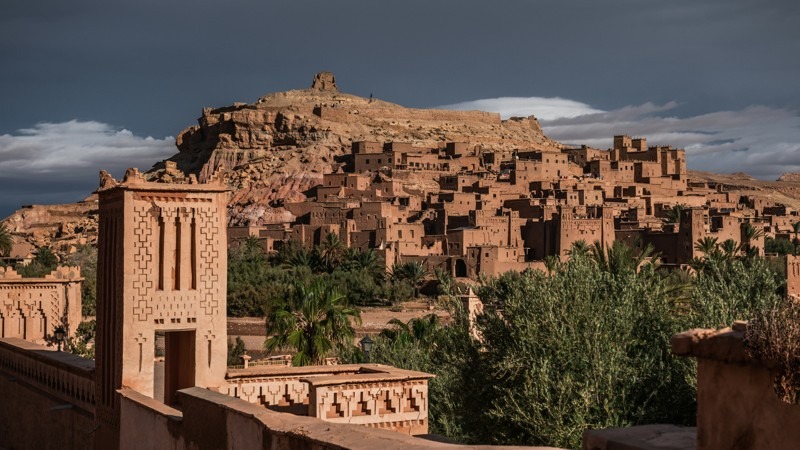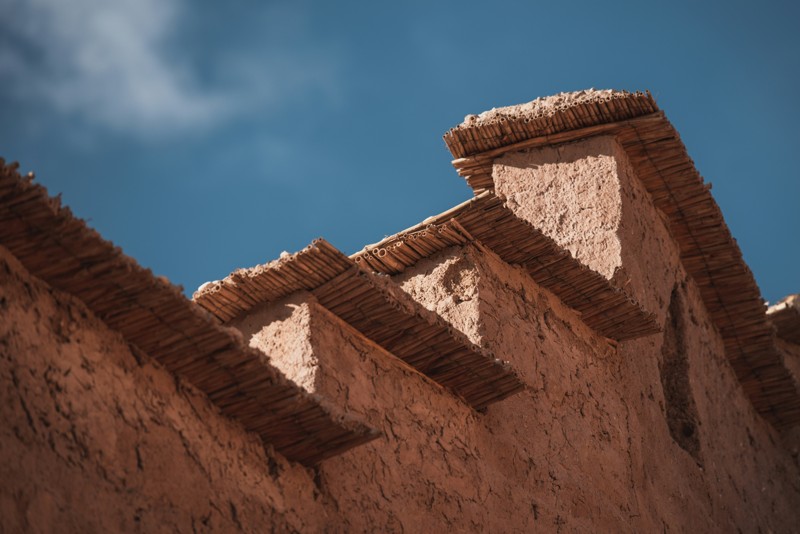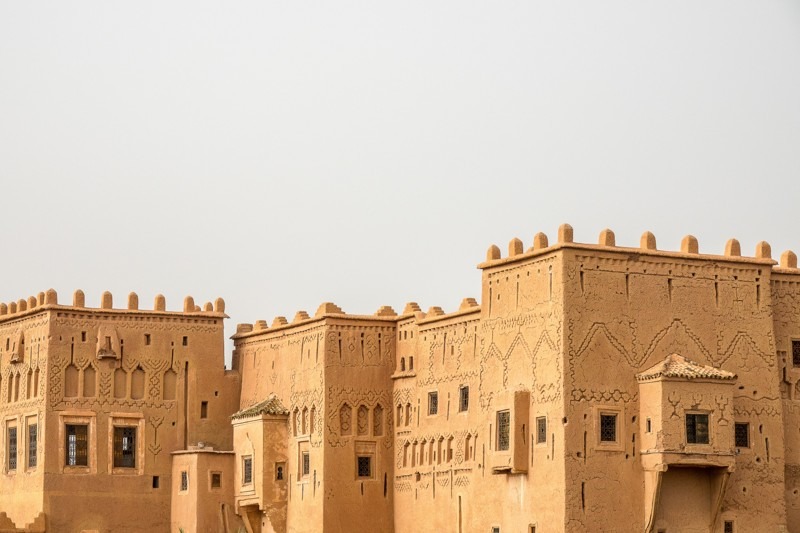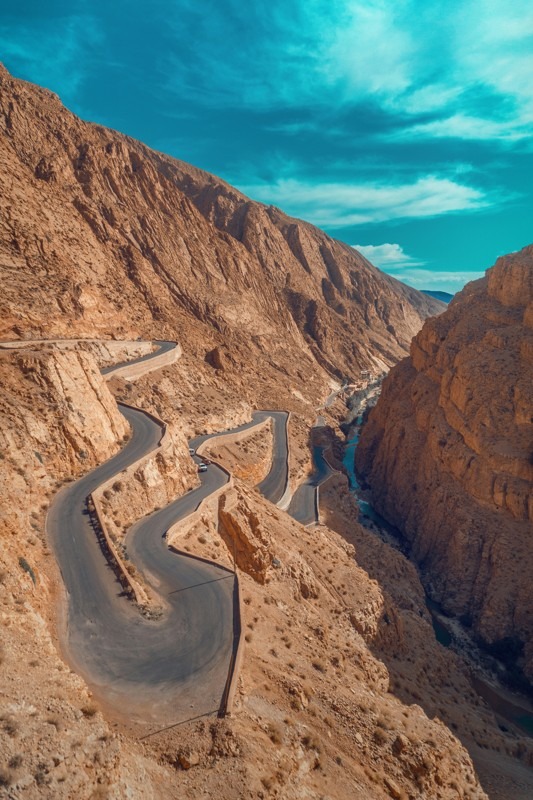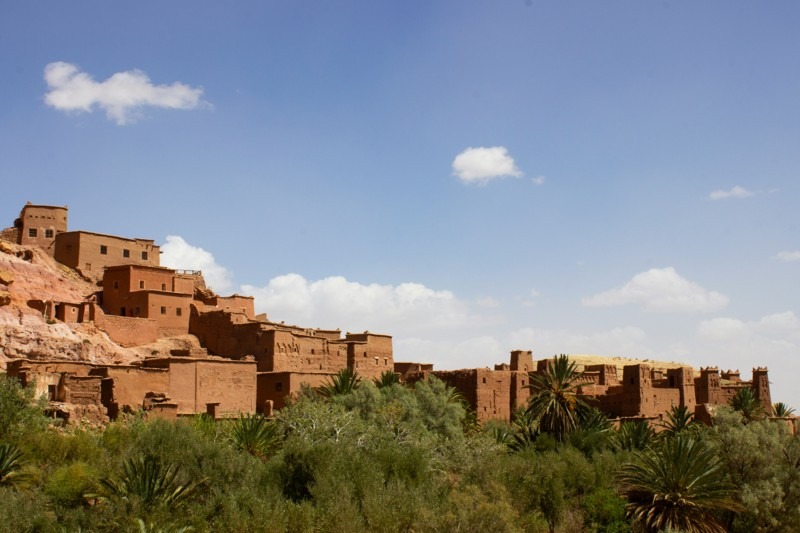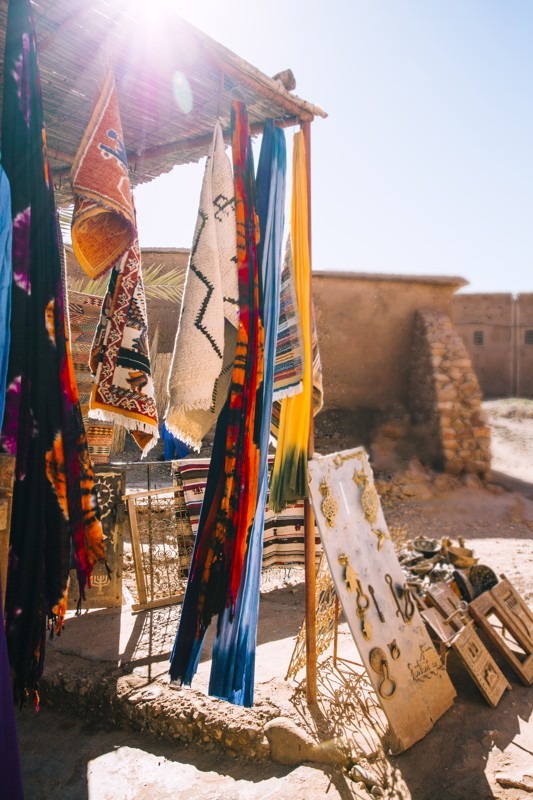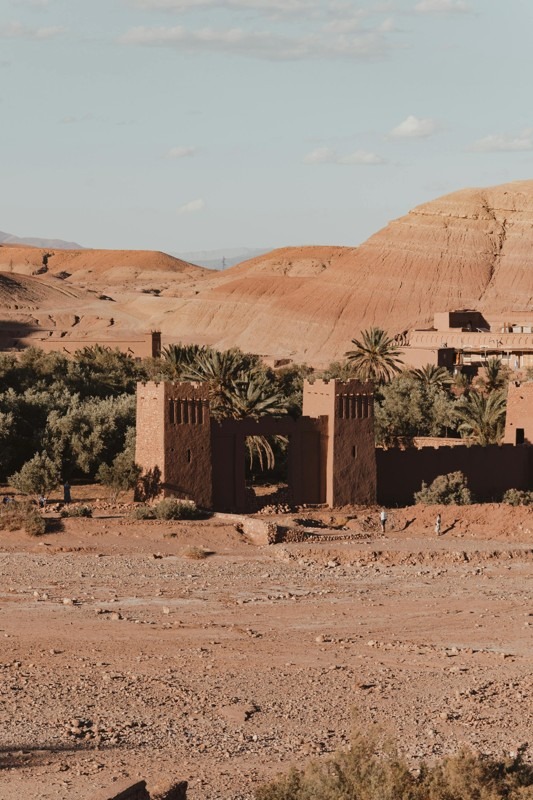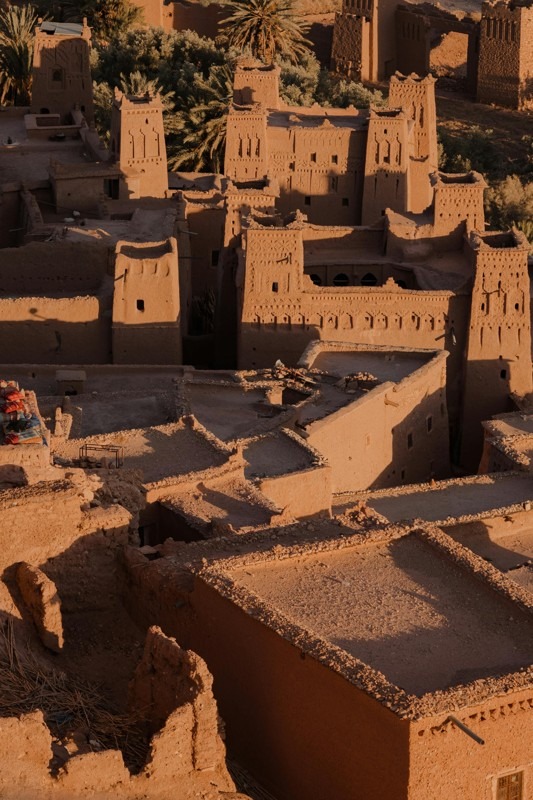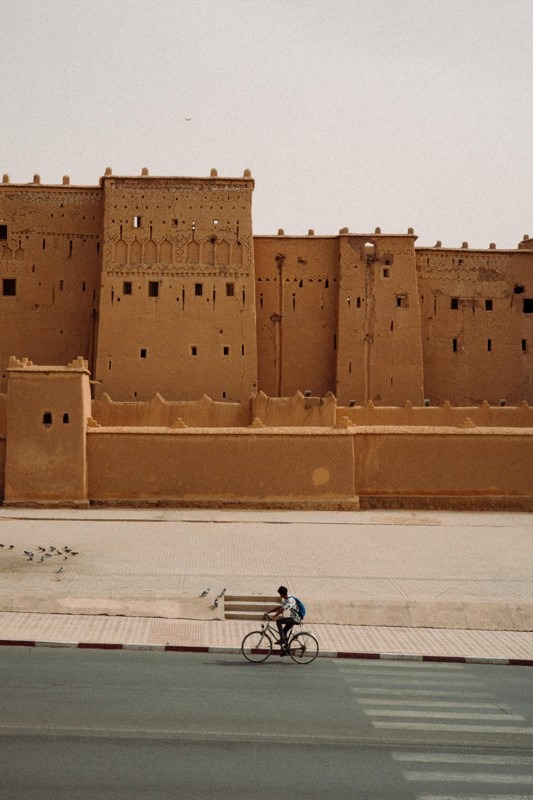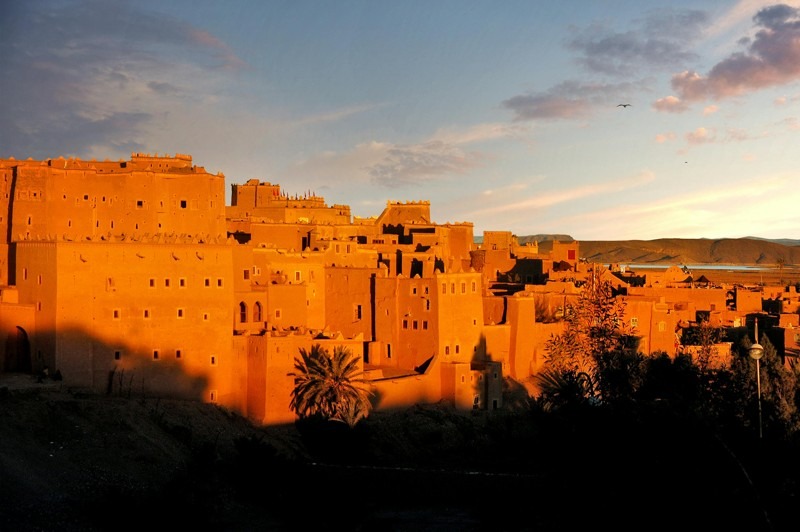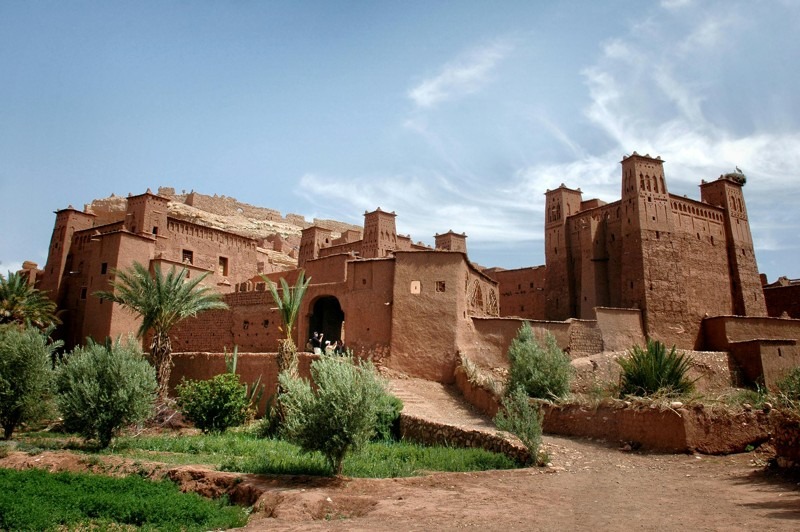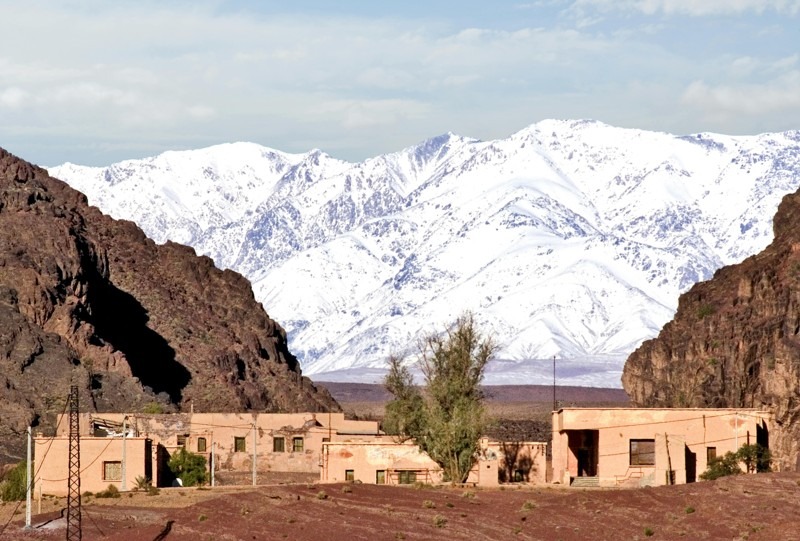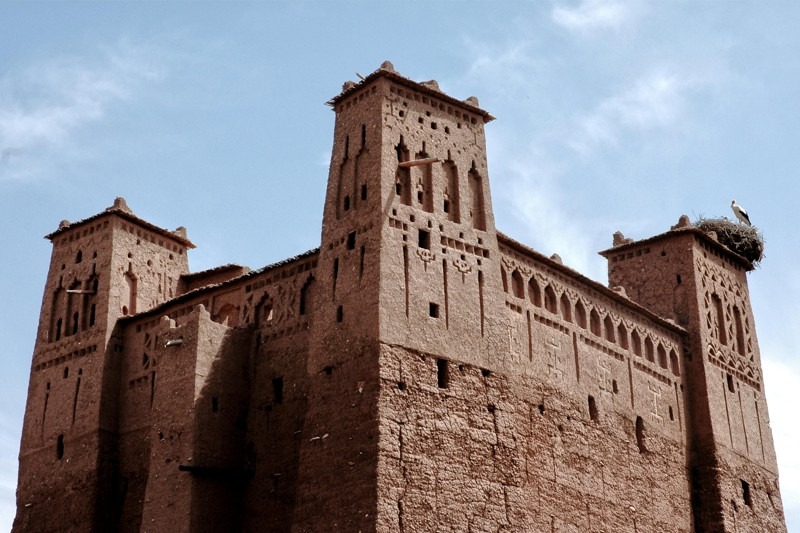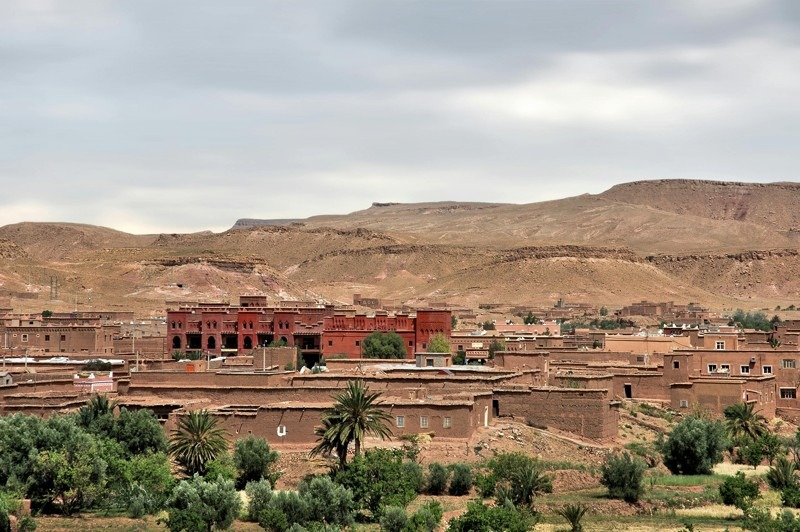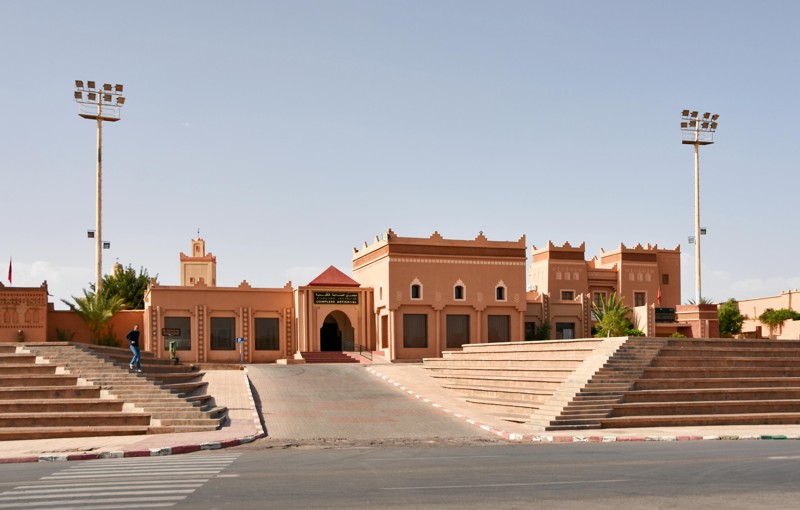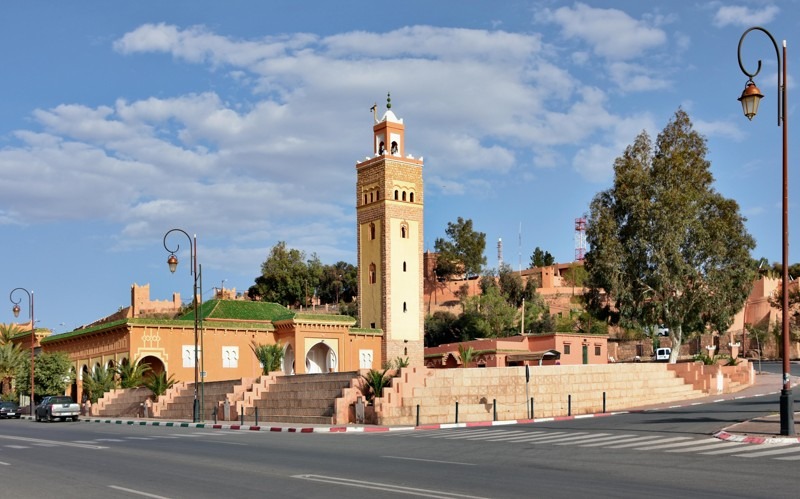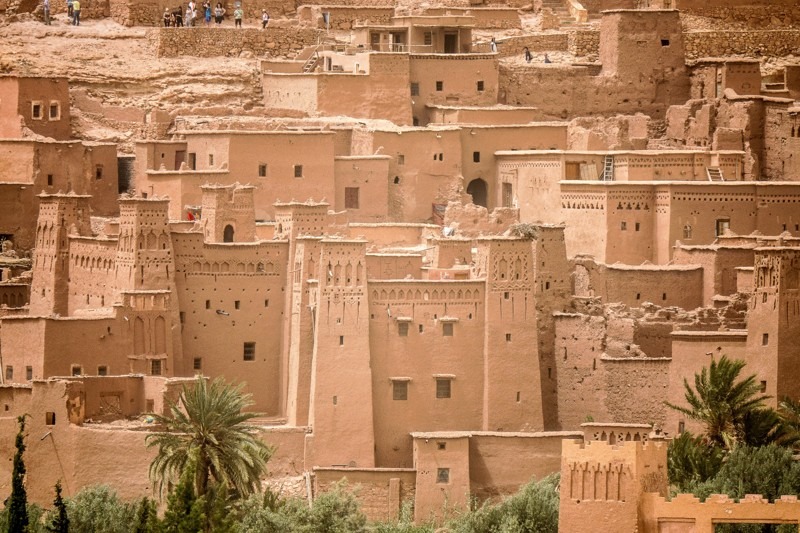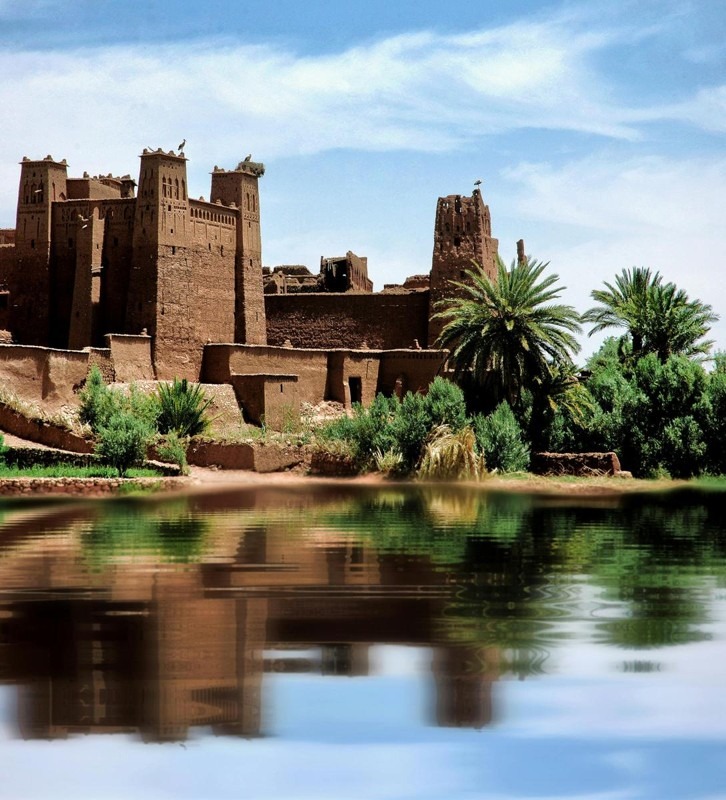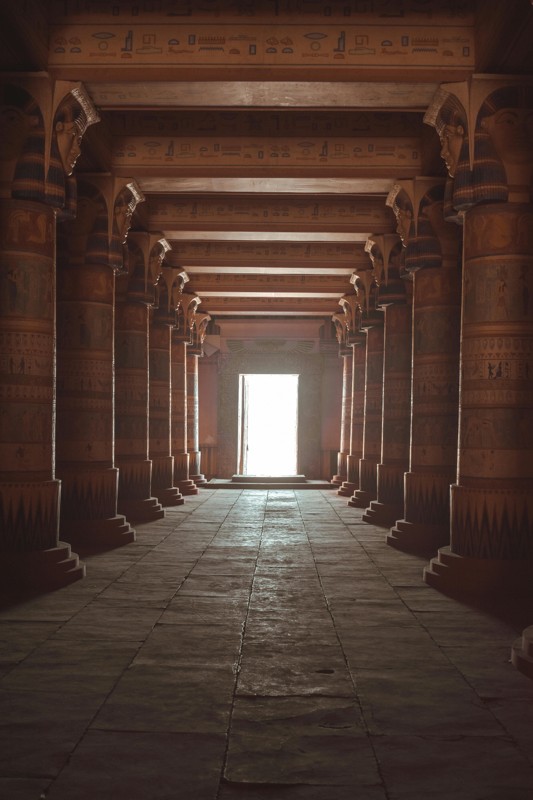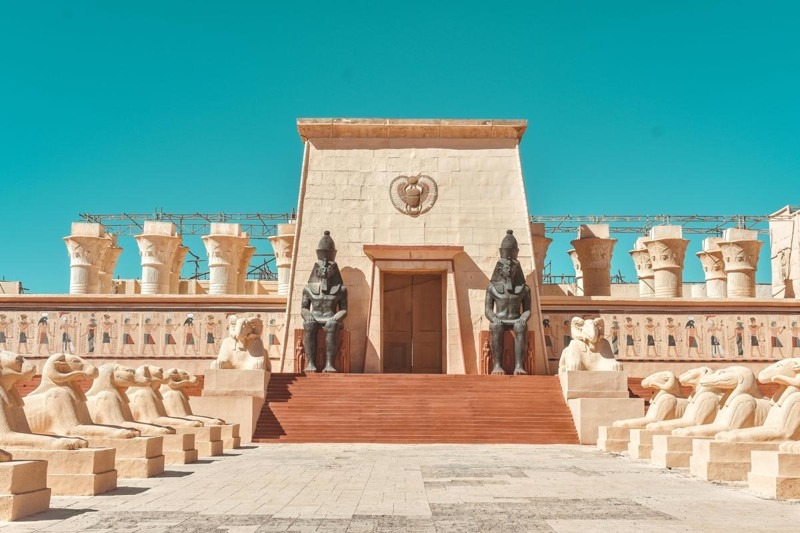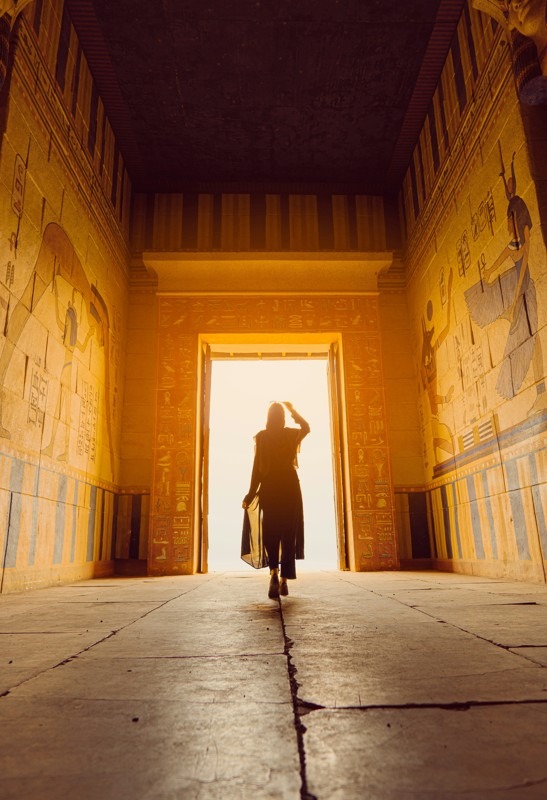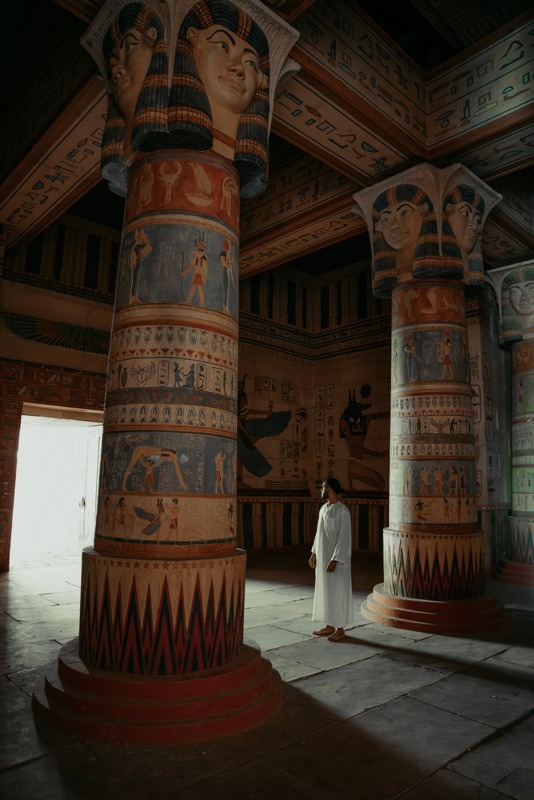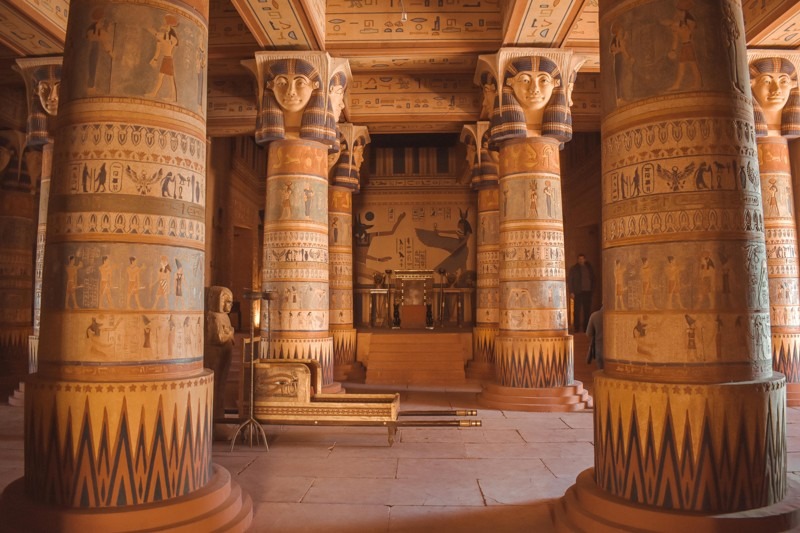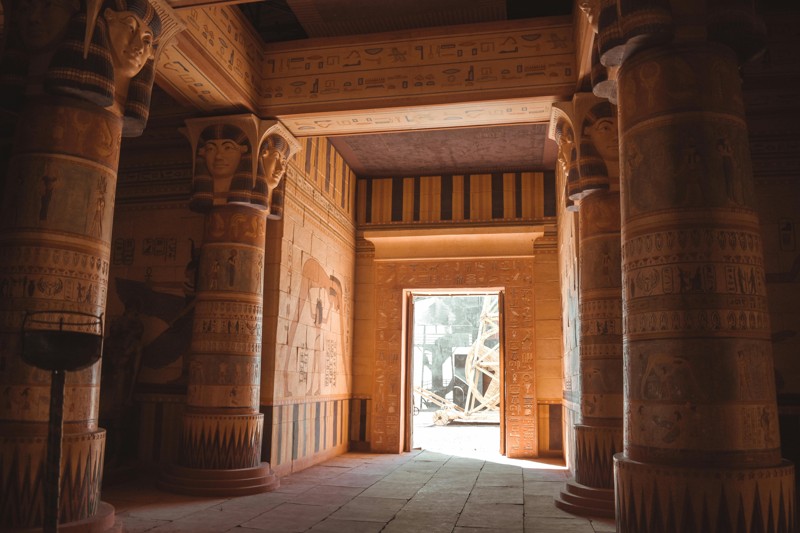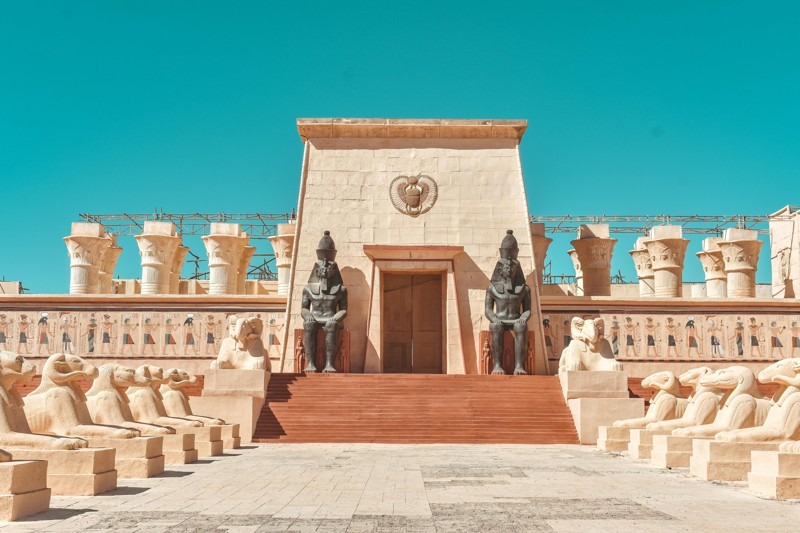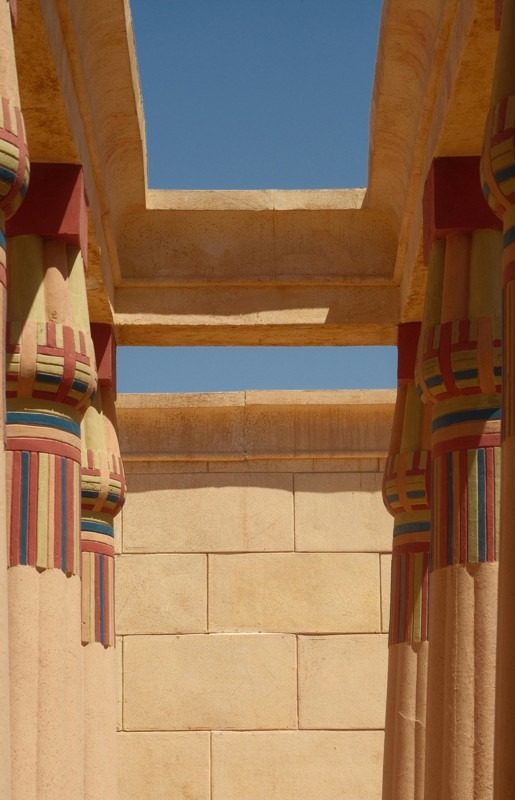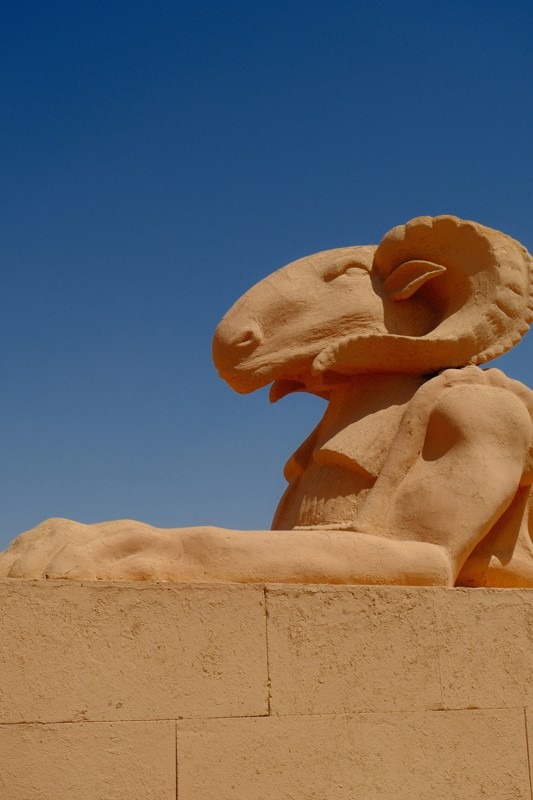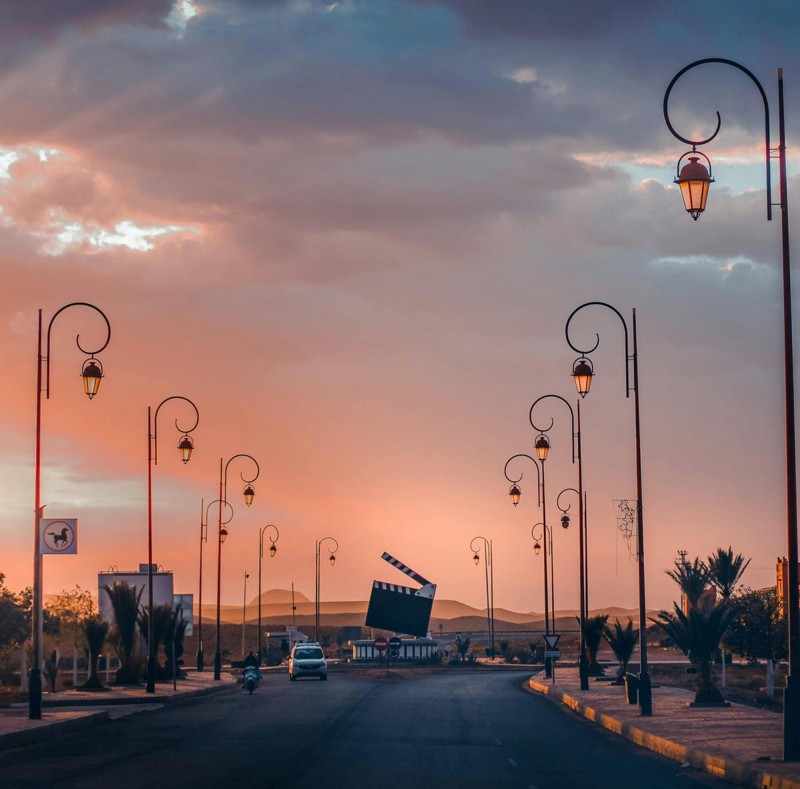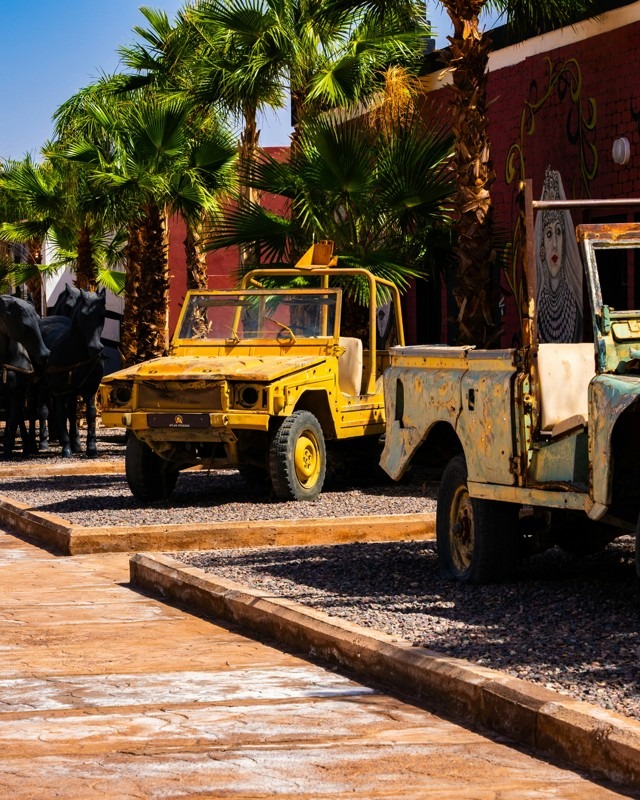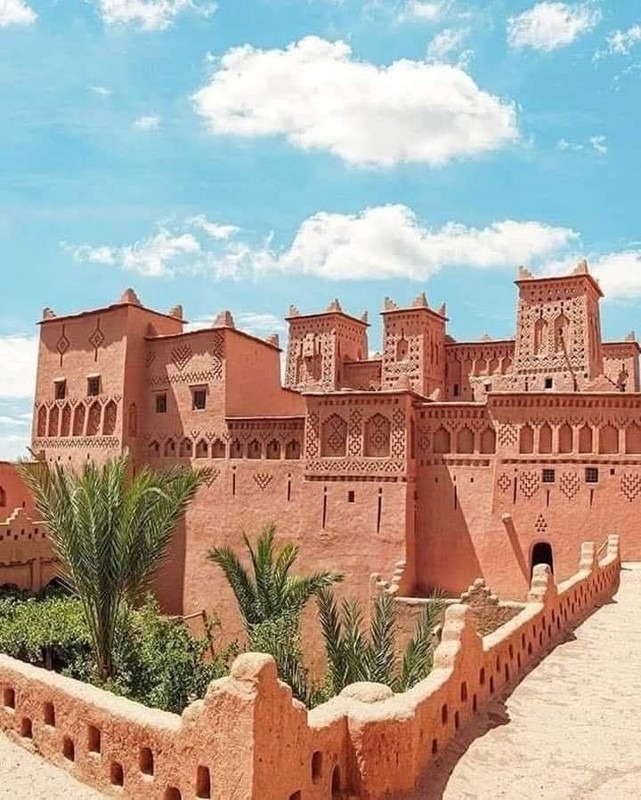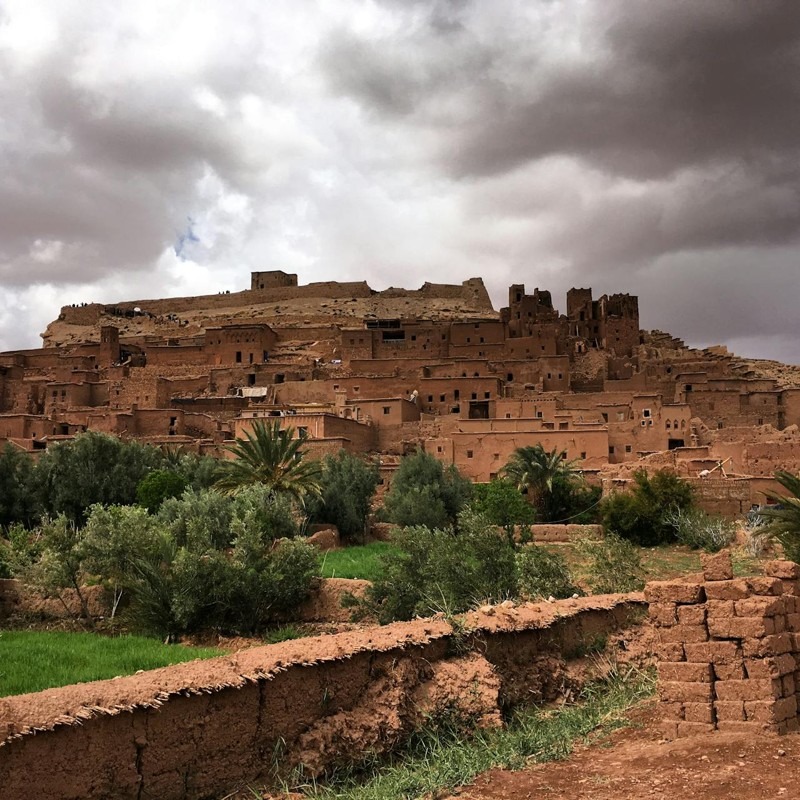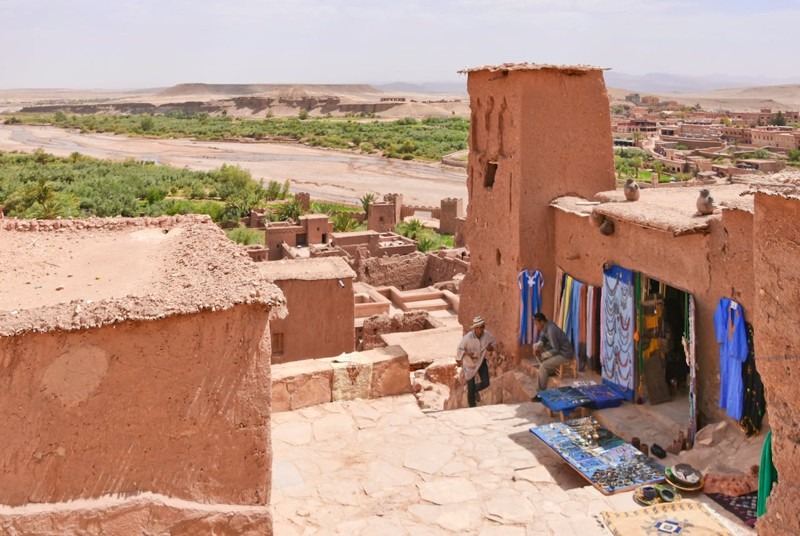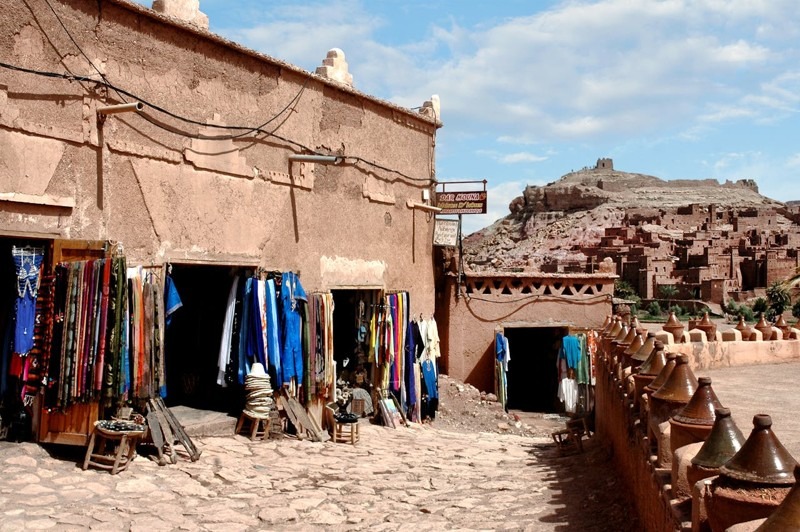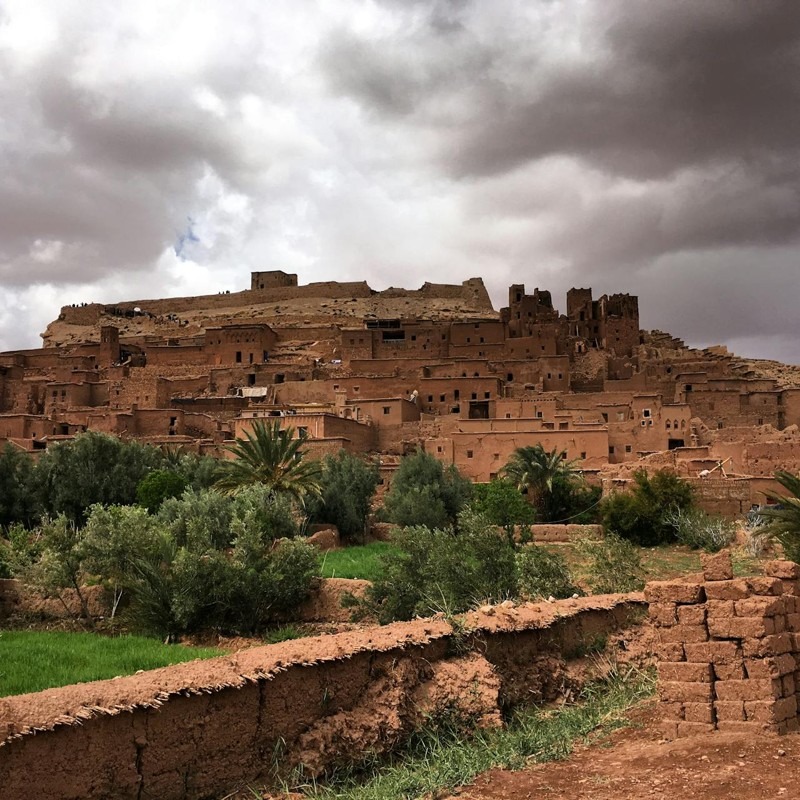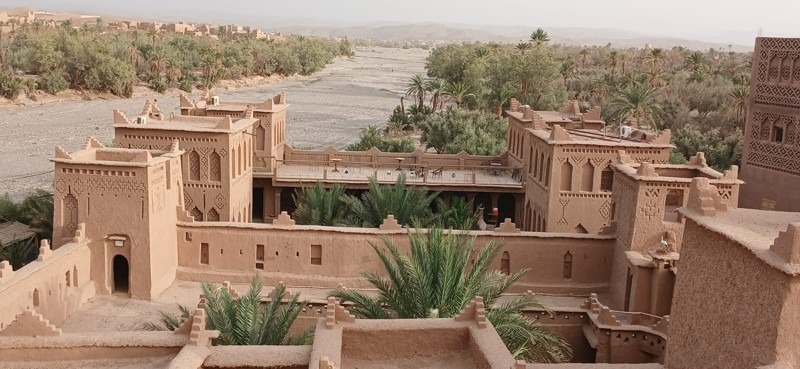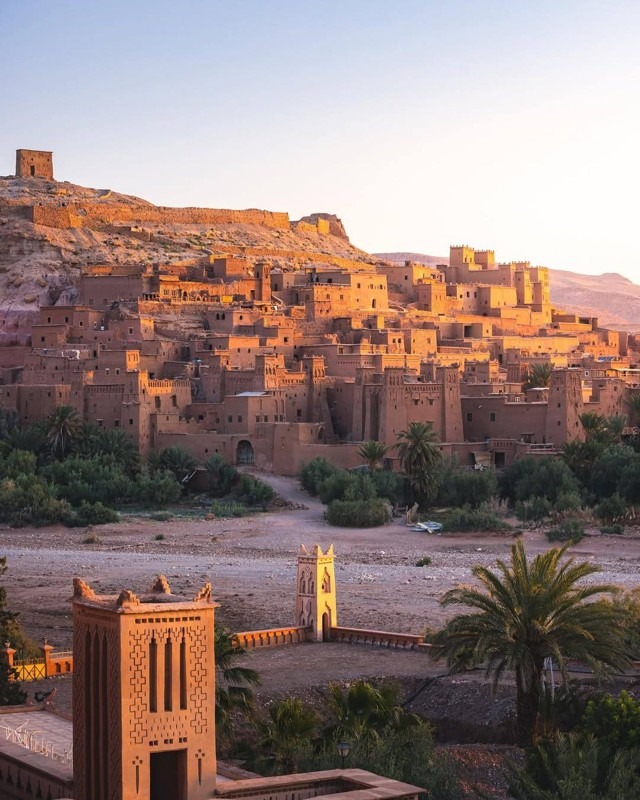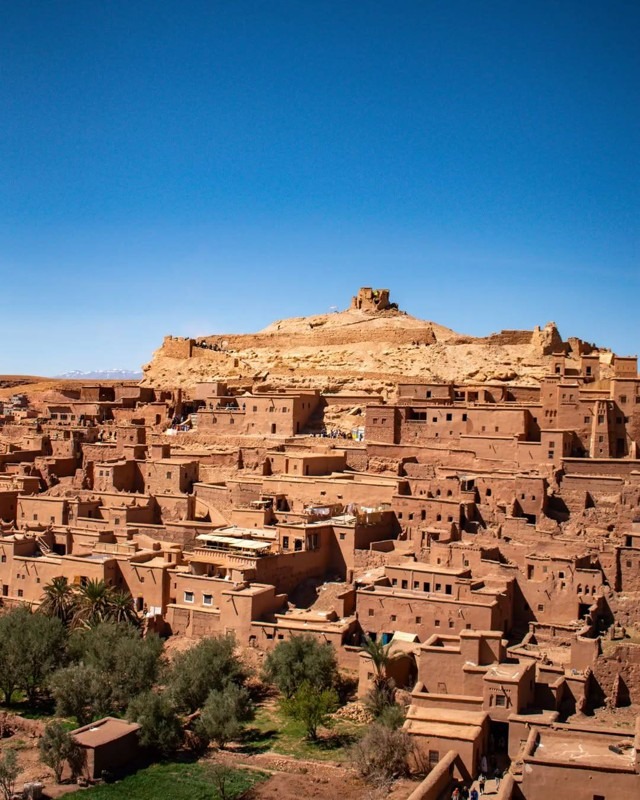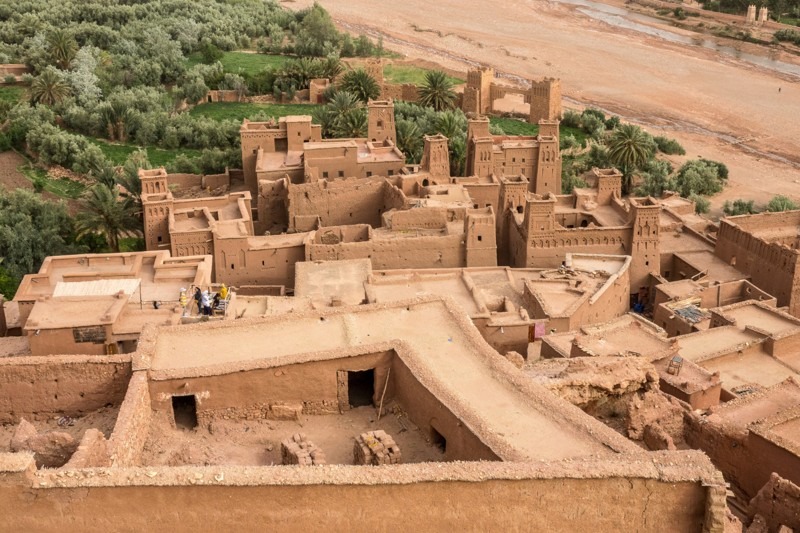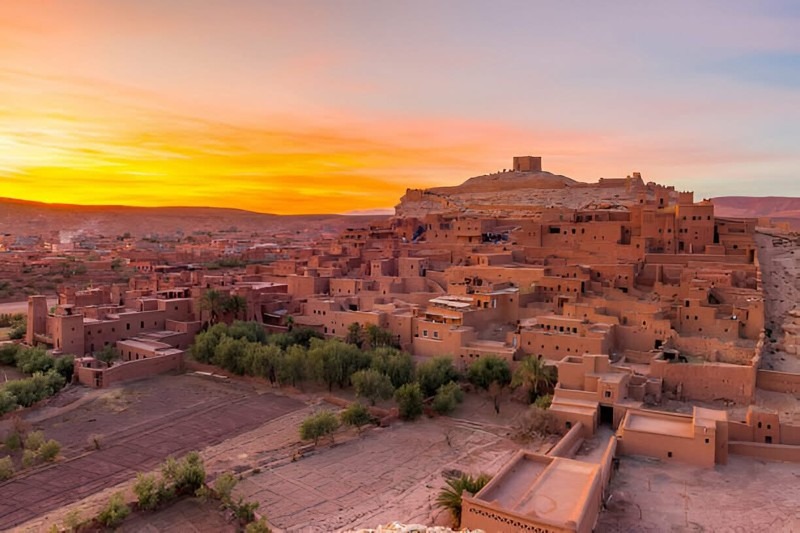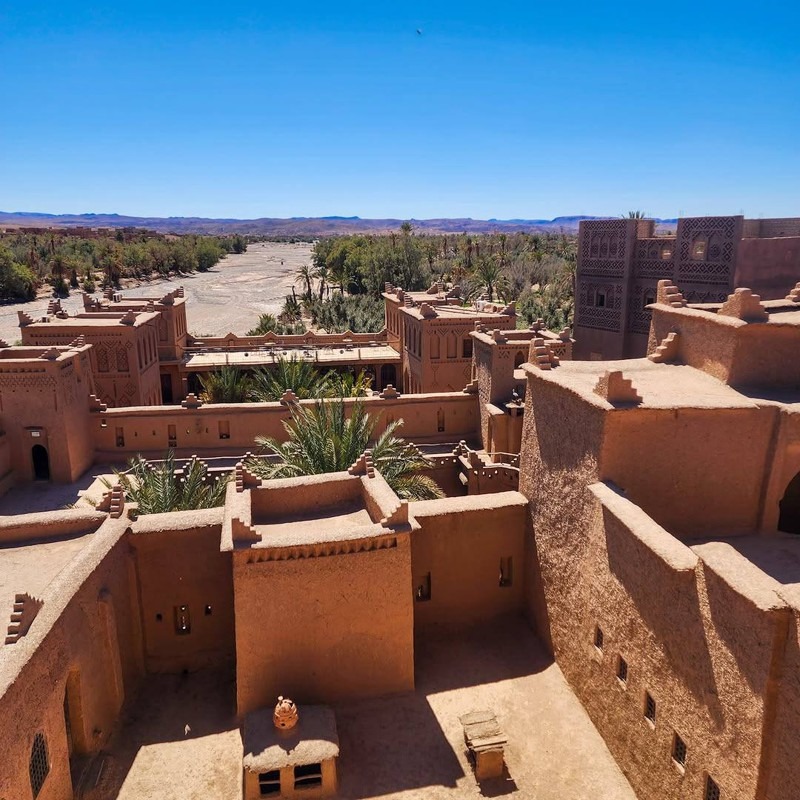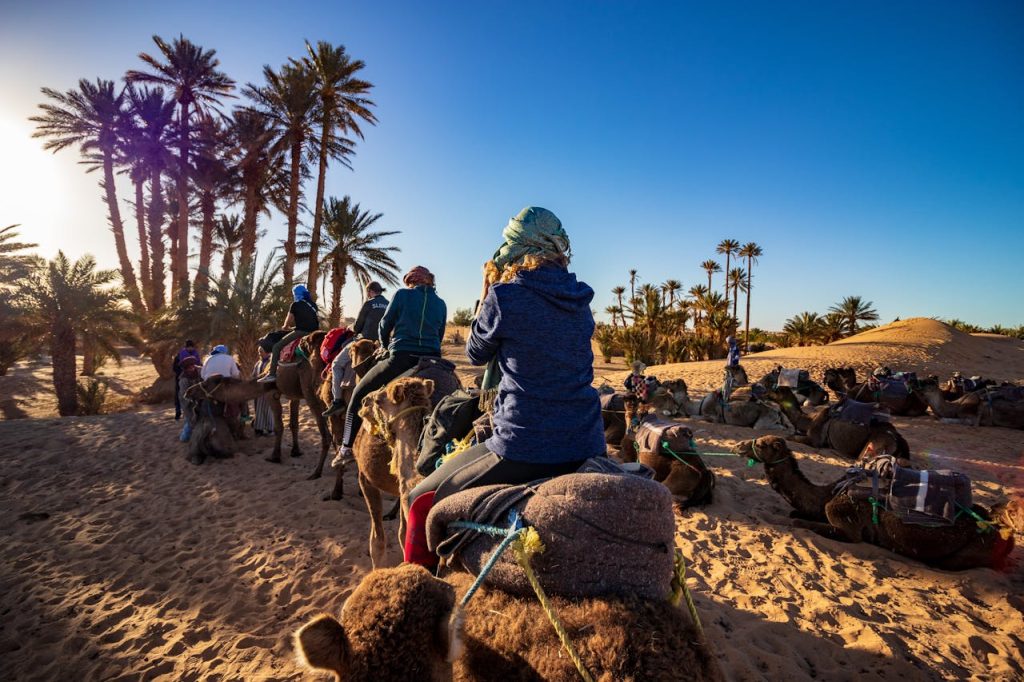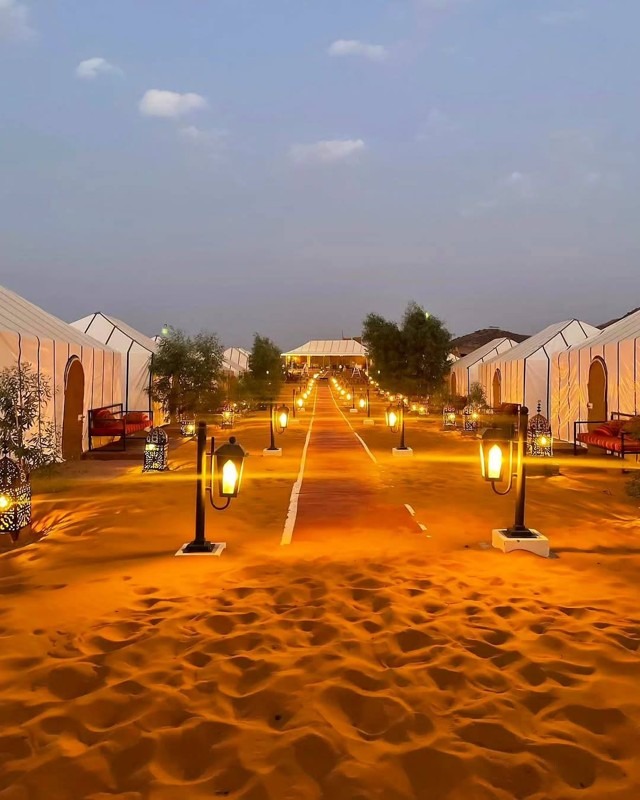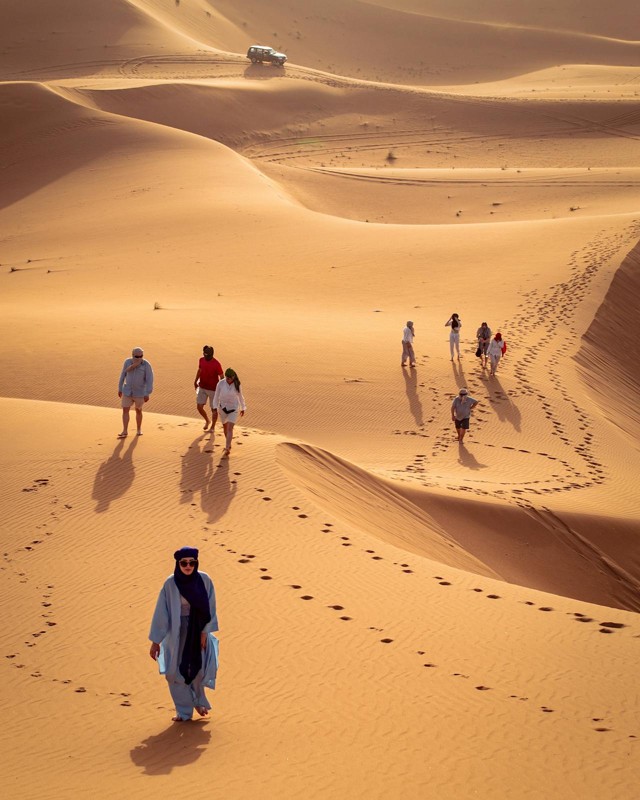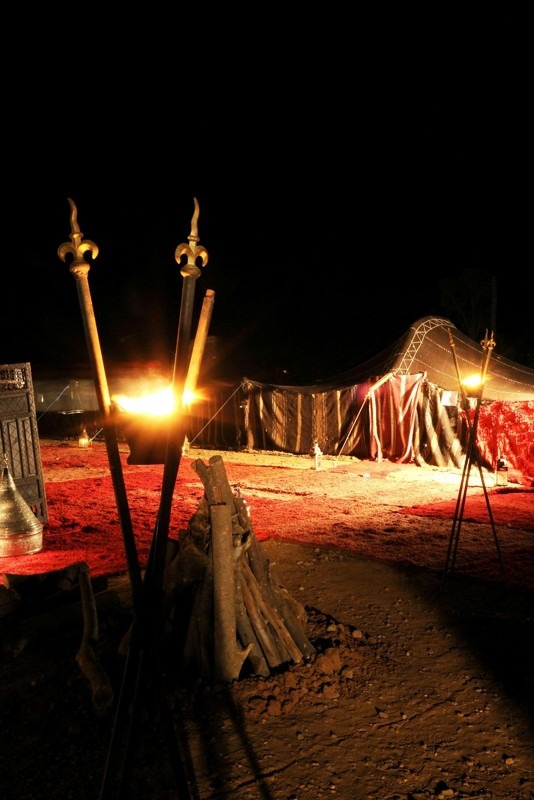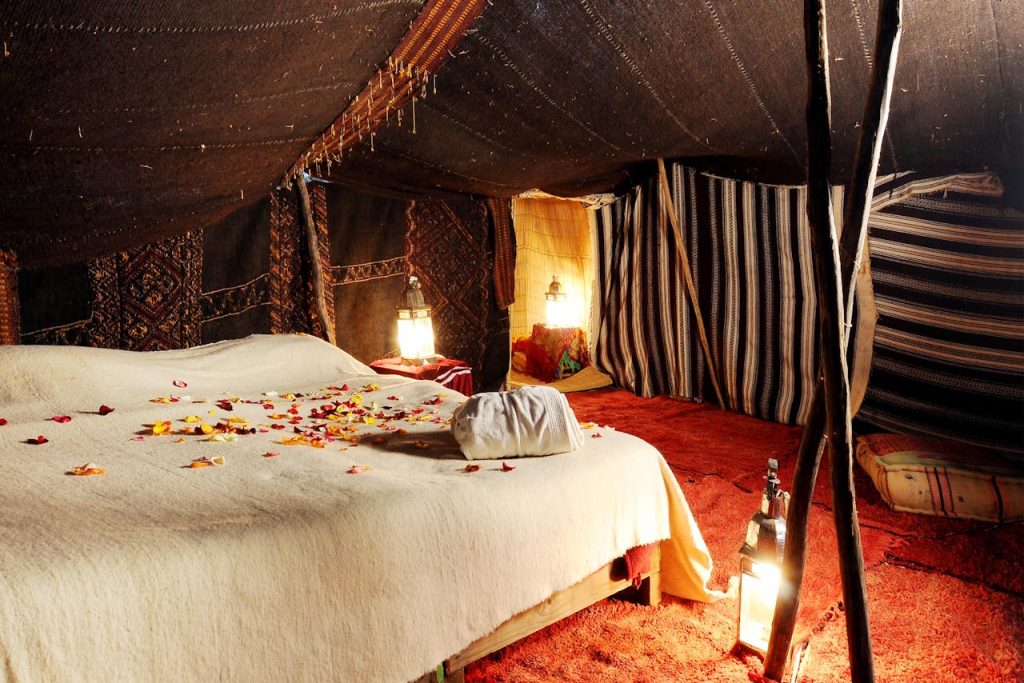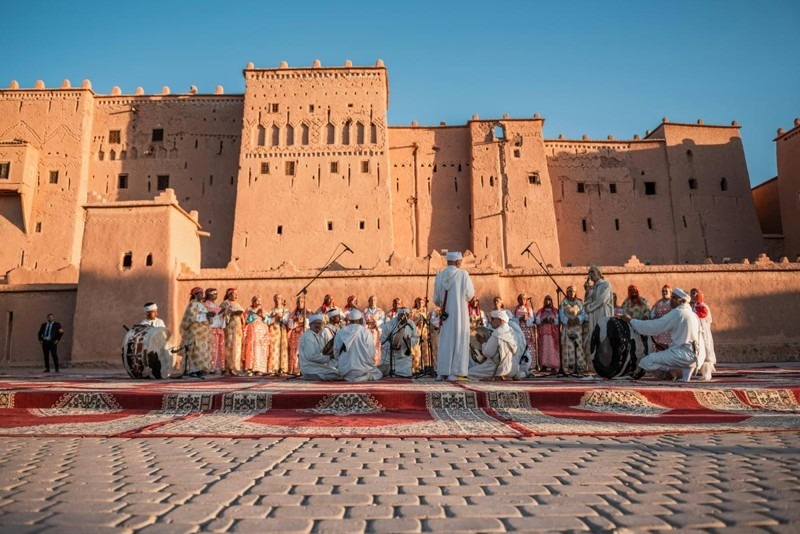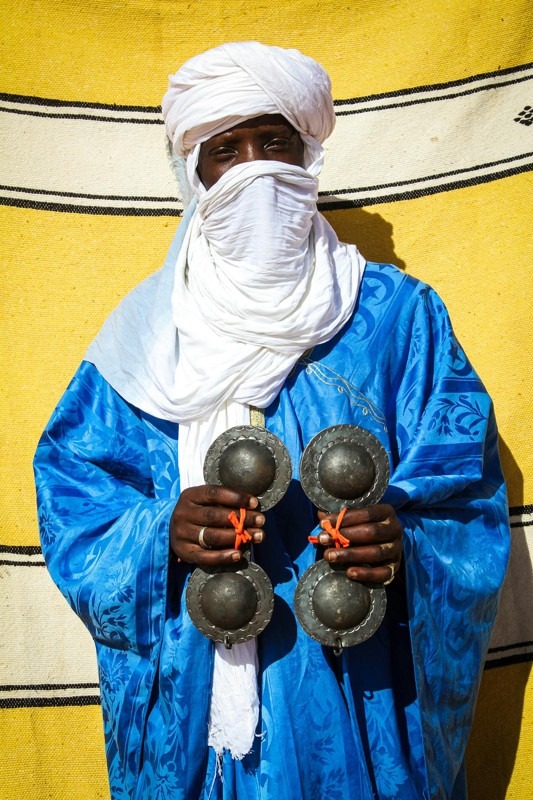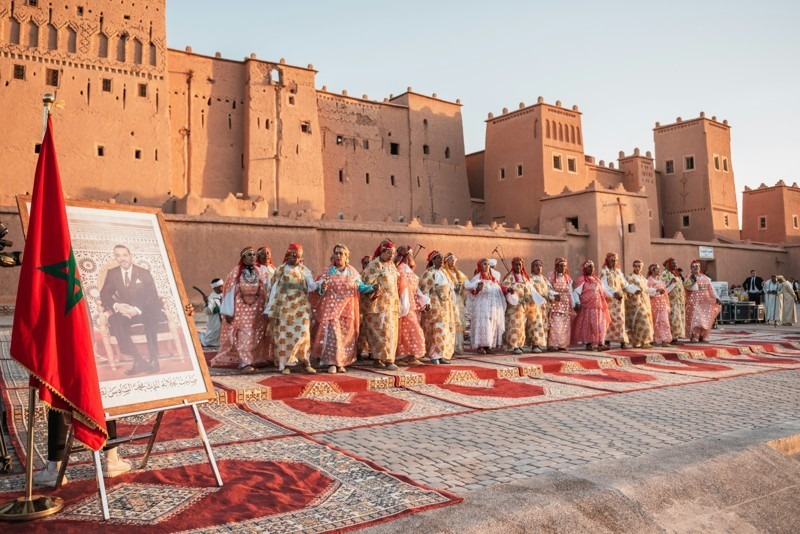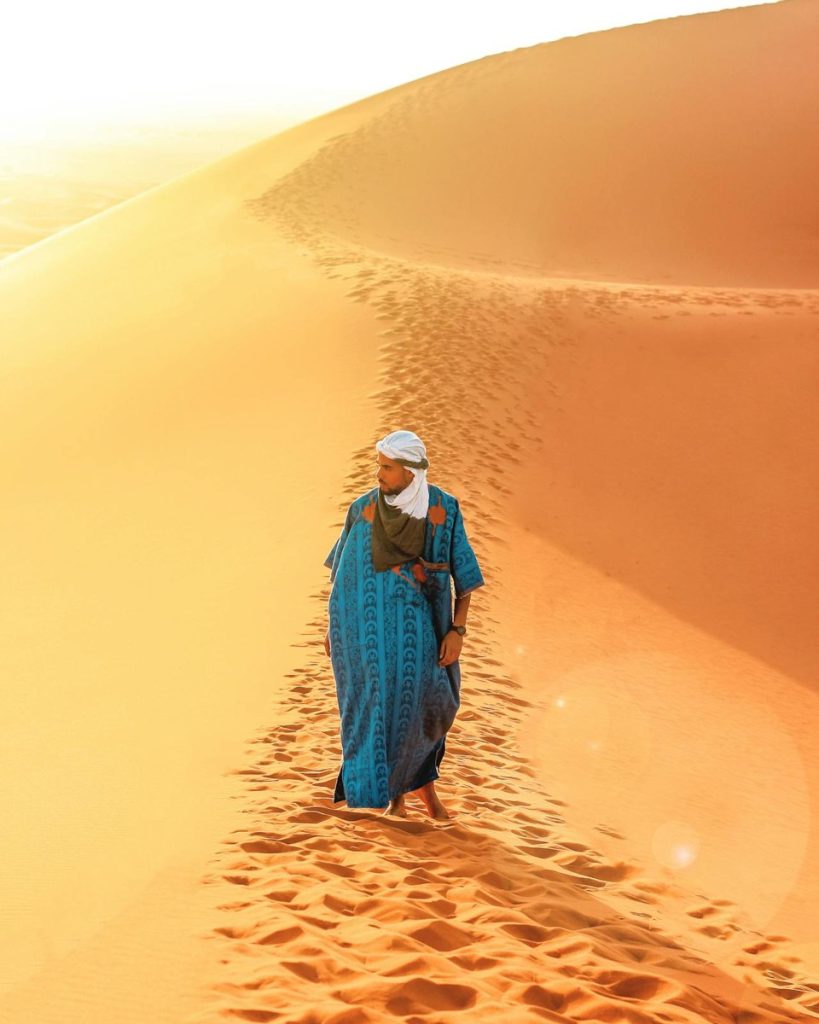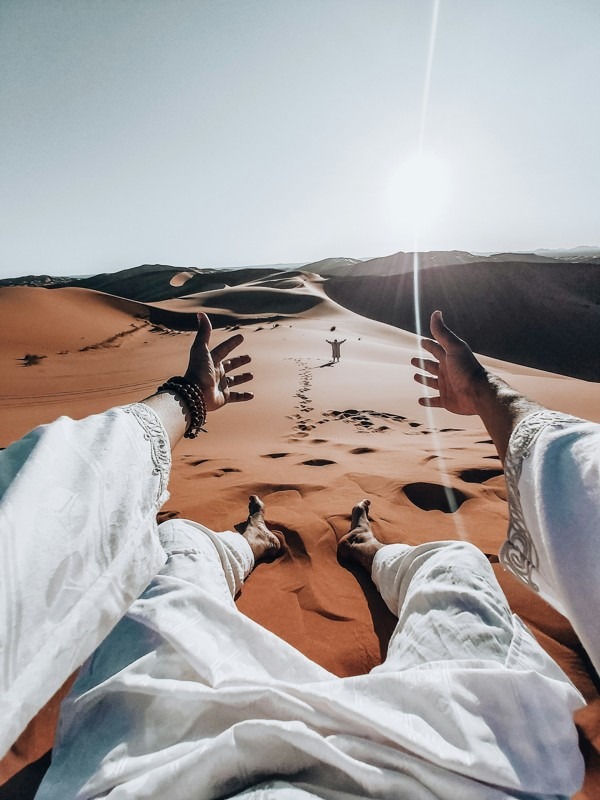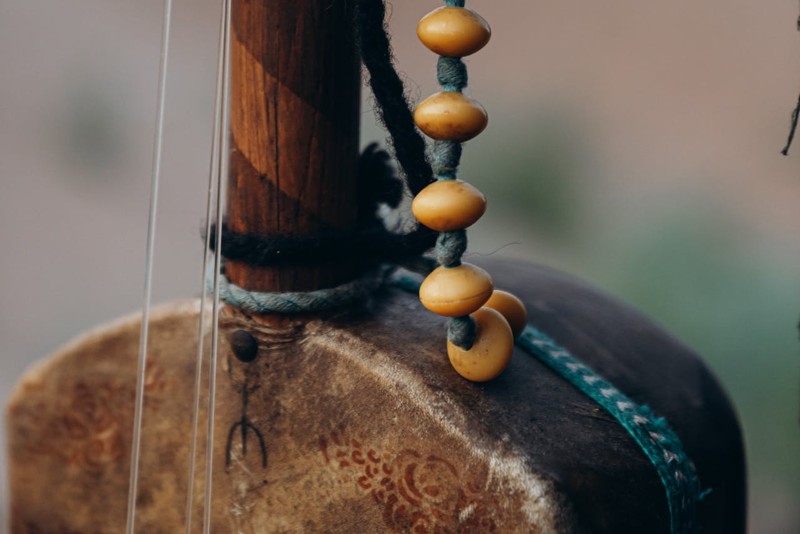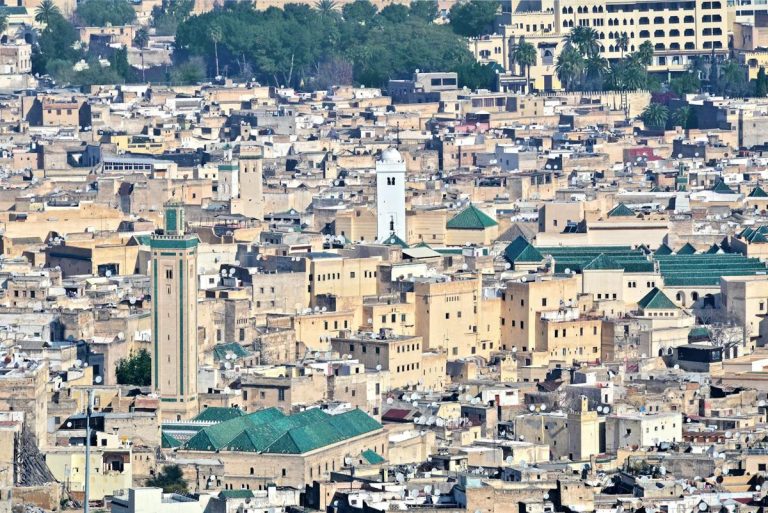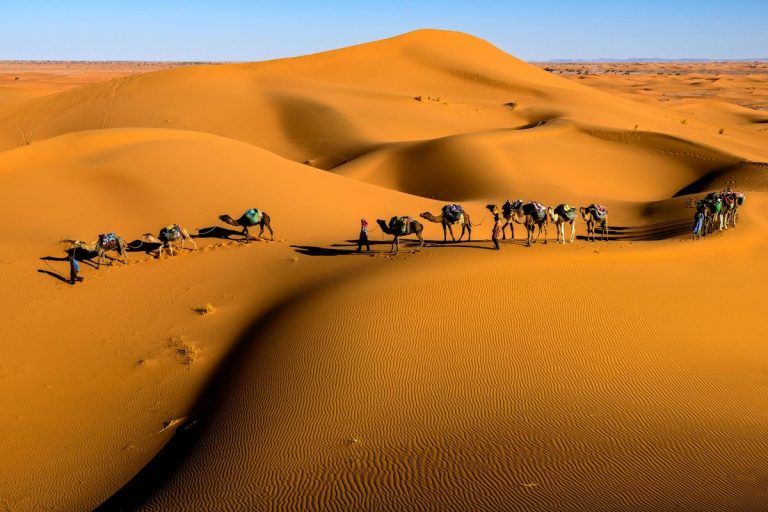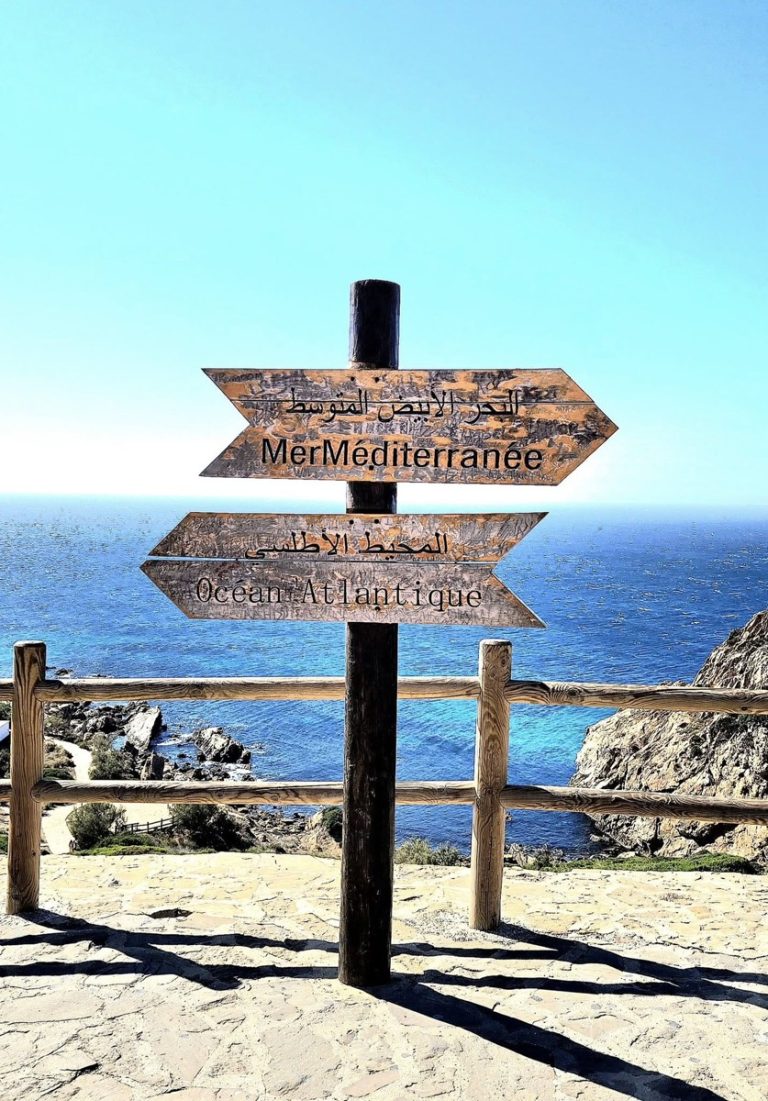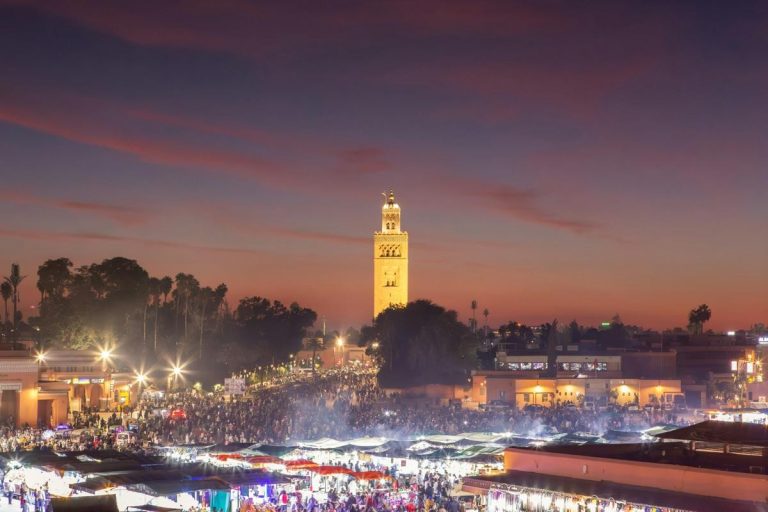Ouarzazate: Gateway to the Sahara Guide
Ouarzazate sits there at the crossroads of ancient caravan routes and modern cinema dreams, and honestly? The first time I arrived here, I wasn’t quite sure what to expect. The name itself—which locals pronounce something like “war-za-zat” (though you’ll hear variations)—felt mysterious, almost like it belonged to another century. Which, in many ways, it does.
This sun-baked city in southern Morocco serves as the literal gateway between the High Atlas Mountains and the vast Sahara Desert, and over my years of guiding travelers through Morocco, I’ve watched Ouarzazate transform from a sleepy administrative town into something altogether more fascinating. It’s become a place where Hollywood blockbusters meet thousand-year-old kasbahs, where you can stand in the same spot Russell Crowe did for Gladiator one moment, then sip mint tea with Berber families the next. The light here—that’s what the film directors always mention—has this particular quality that makes everything look both ancient and timeless.
I remember leading my first tour group here back in 2006 (has it really been that long?), and one of my travelers asked me, “Is there actually anything to do here?” I smiled because I’d wondered the same thing years before. Now, after countless visits and deep friendships with local families, I can tell you that Ouarzazate reveals itself slowly, like the desert sunrise—you just need to know where to look.
Why Ouarzazate Deserves More Than a Quick Stop
Most travelers treat Ouarzazate as a pit stop between Marrakech and the Sahara dunes, maybe grabbing lunch before rushing onward. And sure, I understand the temptation when those massive golden dunes are calling your name. But here’s what I’ve learned: this city and its surroundings hold some of Morocco’s most authentic experiences, and the things to do in Ouarzazate, Morocco, extend far beyond what you’ll find in typical guidebooks.
The city itself sits at about 1,160 meters elevation, which means the climate is… let’s say intense. Summer temperatures regularly hit 45°C (113°F), while winter nights can drop close to freezing. This dramatic temperature swing has shaped everything here—the architecture, the lifestyle, and the famous mud-brick kasbahs that somehow stay cool in scorching heat and warm during chilly nights. It’s this very climate, combined with over 300 days of sunshine yearly, that attracted filmmakers in the first place.
The Hollywood of Morocco: Atlas Film Studios and Cinema Magic
Let me take you back to 1962. David Lean was scouting locations for Lawrence of Arabia, and when he laid eyes on the landscape around Ouarzazate, he knew he’d found something special. That decision—to build massive sets in this remote corner of Morocco—changed everything for this region.
Today, the Atlas Film Studios Ouarzazate tour remains one of the most popular activities, and I always recommend booking the morning slot before the afternoon heat becomes punishing. The studio, established officially in 1983, sprawls across more than 30 hectares (some say it’s among the world’s largest), and walking through it feels surreal—like stumbling through someone’s fever dream of world history.
During my last visit in early 2024, I guided a group through sets that have been in literally dozens of movies filmed in Ouarzazate. We started at the Egyptian temple from The Mummy (the Brendan Fraser version that everyone my age remembers fondly), moved through the Tibetan monastery sets from Scorsese’s Kundun, and ended up in what remained of the Gladiator arena. My clients kept asking, “Are these real buildings?” And that’s the magic—from a distance, everything looks solid and ancient, but up close you see it’s mostly plaster, paint, and rammed earth held together with incredible artistry.
The guided tours cost around 8 euros per person and last roughly an hour, though honestly, if you’re a film buff, you could spend three hours here easily. The guides speak multiple languages, and the good ones (ask for Hassan if he’s available) have worked as extras in various productions and can share behind-the-scenes stories that don’t make it into the official tour.
What strikes me most about the studio isn’t the sets themselves—impressive as they are—but rather the employment it’s created. Families in surrounding villages have found work as costume makers, set builders, and background actors. During big productions, the local economy absolutely thrives. I’ve watched teenage boys from nearby Ouarzazate grow up to become skilled craftsmen because of this industry, carrying forward traditional building techniques while adapting them for Hollywood’s demands.
Aït Benhaddou: Where History Meets Cinema
Now, if you only visit one place during your time here, make it Aït Benhaddou. This UNESCO World Heritage site sits about 30 kilometers northwest of Ouarzazate, and the Ait Ben Haddou day trip from Ouarzazate ranks as an absolute must-do. I’ve lost count of how many times I’ve made this journey, and it never gets old.
The ancient fortified village (ksar) rises dramatically from the desert floor, its honey-colored mud-brick buildings stacked up a hillside like some medieval Manhattan. The site dates back to the 11th century, though most of the current structures are from the 17th century. What makes it extraordinary is that it’s a living village—a handful of families still reside within the old walls, maintaining the traditional architecture and way of life even as thousands of tourists climb through their neighborhood daily.
Getting there from Ouarzazate takes about 45 minutes by car. The road follows the ancient caravan route, and along the way, you’ll pass through landscapes that look like Mars had a baby with Arizona. The Ounila River cuts through the valley, creating this ribbon of green agriculture that contrasts sharply with the surrounding aridity.
Once you arrive, you’ll cross a small river (sometimes dry, sometimes requiring you to remove your shoes and wade through—check conditions beforehand!) and begin the climb up through the village. The path winds between houses, some restored, some crumbling, some still occupied by families who’ve lived here for generations. I always recommend hiring a local guide at the entrance (around 10-15 euros for a group), because they can take you into private homes, explain the architectural techniques, and show you the exact spots where various movies filmed in Ouarzazate shot their most iconic scenes.
The Game of Thrones fans will recognize several locations—this is where they filmed scenes of Yunkai, the Yellow City. Gladiator shot sequences here. Lawrence of Arabia, The Mummy, Prince of Persia—the list goes on. Standing at the highest point of the ksar, with the desert stretching endlessly behind you and the Atlas Mountains rising ahead, you understand why filmmakers keep returning. It’s a landscape that exists outside of time.
During my last visit, I had tea with Mohammed, whose family has lived in Aït Benhaddou for over 400 years. His mother’s house—still occupied—appeared in Gladiator, and he worked as an extra in the arena scenes. He showed me old photographs of Russell Crowe and Ridley Scott, then casually pointed to the wall where they filmed a particular shot. This blend of everyday life and Hollywood magic is what makes the place so fascinating.
The climb to the top takes about 30 minutes at a leisurely pace, and yes, it gets hot. Bring water. Wear a hat. The views from the summit, especially during the golden hour before sunset, are absolutely spectacular—some of the best Ouarzazate photography spots exist right here.
The Kasbah Trail: Taourirt and Beyond
While Aït Benhaddou gets most of the attention, the Taourirt Kasbah right in Ouarzazate city deserves serious exploration. This massive fortress belonged to the powerful Glaoui family, who essentially controlled southern Morocco in the 19th and early 20th centuries. The Glaouis were… complicated figures. They collaborated with the French during the colonial period, which made them rich and powerful but also controversial. Their kasbah reflects that power—it’s huge, imposing, and ornately decorated.
Entry costs only about 2 euros, which feels like theft considering what you get. The structure is partially restored (UNESCO helped with this), and wandering through its labyrinthine rooms and corridors gives you a genuine sense of how wealthy Moroccan families lived. The geometric decorations, the carved cedar wood, the intricate stucco work—it’s all remarkably well-preserved. Though be aware: during my February 2025 visit, I learned that the most spectacular rooms are currently undergoing restoration and aren’t accessible. Hopefully, by the time you read this, they’ve reopened.
One detail I love: in the courtyard, there’s an old Krupp cannon. Sultan Moulay Hassan gifted it to the Glaouis after they rescued him from a snowstorm in the High Atlas. At the time, it was the only cannon in Morocco outside the Sultan’s arsenal—a symbol of just how much power this family wielded.
The kasbah sits in the old part of town, and after exploring it, I always walk through the surrounding neighborhood. The contrast between the ancient architecture and modern satellite dishes creates this fascinating visual collision of centuries. Local kids play soccer in alleyways that haven’t changed in 200 years, while their mothers hang laundry from ornate wrought-iron balconies.
Desert Adventures: From Camel Treks to Luxury Camps
Let’s talk about why most people come here in the first place—the Ouarzazate desert tours that lead into the Sahara. While Ouarzazate itself isn’t technically in the Sahara (you need to travel further south and east), it serves as the launching point for various desert experiences.
The most popular option is the Ouarzazate Sahara 3-day tour, which typically follows this pattern: Day one takes you from Ouarzazate through the Draa Valley (more on that shortly) to the edge of the erg (sand dune sea), where you’ll ride camels into the desert and spend the night in a traditional camp. Day two is spent exploring the dunes, meeting nomadic families (or more accurately, formerly nomadic families who now work in tourism), and experiencing desert life. Day three involves the return journey, usually with stops at various kasbahs and oases.
I’ve organized dozens of these trips, and honestly, the quality varies wildly depending on your tour operator. Some camps are genuinely traditional, featuring low-slung Berber tents, simple tagine dinners cooked over open fires, and drum circles under the starry sky. Others are “luxury desert camps” with proper beds, en-suite bathrooms, and even air conditioning (which sort of defeats the purpose, but hey, not everyone wants to rough it).
The Ouarzazate camel trek Sahara portion typically lasts 1-2 hours each way. If you’ve never ridden a camel, be prepared: they’re tall, they sway alarmingly when standing up or sitting down, and the saddles aren’t exactly ergonomic. My advice? Wear long pants (the saddle can chafe), bring sunscreen (you’ll be exposed for hours), and try to relax into the rhythm. The camels know what they’re doing.
One of my most memorable desert experiences happened in 2019 when I accompanied a family—parents and two teenage kids—on a three-day tour. We arrived at the camp after sunset, and within an hour, the parents were dancing with Berber musicians, the kids were attempting to play traditional drums, and everyone was laughing at how terrible we all were at it. That’s what the desert does—it strips away pretense and leaves you with something more essential. Later, lying on the cold sand and looking up at the Milky Way (visible in a way it never is in cities), the teenage daughter whispered, “This is the most beautiful thing I’ve ever seen.” I’ve been doing this for years, and I felt exactly the same way.
The Draa Valley: Morocco’s Best-Kept Secret
Most tourists racing between Marrakech and Merzouga miss one of Morocco’s most stunning landscapes: the Draa Valley tours Ouarzazate. This palm-lined valley follows the Draa River (Morocco’s longest, though it rarely reaches the ocean anymore) southeast from Ouarzazate toward the desert.
The drive takes you through a series of oases—Agdz, Tamnougalt, and Zagora—each one a ribbon of green cutting through barren mountains. Date palms stretch for kilometers, and hidden among them are ancient kasbahs, some restored, many crumbling and picturesque. The contrast between the lush valley floor and the rocky, lifeless mountains creates landscapes that don’t quite seem real.
I particularly love stopping in Tamnougalt, a fortified village that sees far fewer tourists than Aït Benhaddou despite being equally beautiful. Local guides can take you through the kasbah and into the original mellah (Jewish quarter), explaining how Muslim and Jewish families lived side by side here for centuries, speaking Berber together and conducting trade that made both communities prosperous. It’s a reminder that Morocco’s history is far more complex and tolerant than many people realize.
The Draa Valley is also where you’ll find some of the most authentic Ouarzazate experiences. In one village, I once attended a traditional Berber wedding celebration (completely by accident—we were invited while walking past). The hospitality was overwhelming. We danced, ate, watched traditional musicians, and left with our hands decorated in henna. None of it was staged for tourists; we just happened to be there at the right moment.
Practical Matters: Getting There, Staying There, Eating There
How to get from Marrakech to Ouarzazate is probably the most common question I hear. You have three main options:
The drive takes about 4 hours via the Tizi n’Tichka pass (elevation 2,260 meters), which is spectacularly scenic but also… intense. The road winds through the High Atlas with hairpin turns, dramatic drop-offs, and sections that make nervous passengers close their eyes. I’ve made this drive probably 200 times, and I still find it thrilling. During winter, snow can close the pass, so check conditions beforehand.
You can hire a private driver for about 60 to 80 euros a day, take a shared grand taxi (which is cheaper but cramped), or rent a car and drive yourself. However, this is not a good idea unless you are used to driving in the mountains and on Moroccan roads. Some travelers opt for organized tours that include transportation, which removes the stress but also the flexibility.
There’s also the Ouarzazate airport flights option. Royal Air Maroc operates regular flights from Casablanca, and the airport itself appeared in several movies (it stood in for various Middle Eastern locations). However, flying means you miss the spectacular Atlas crossing, which I consider half the experience.
As for Ouarzazate hotels and riads, your options range from budget guesthouses (30-40 euros per night) to luxury properties like Le Berbère Palace or Dar Chamaa (150+ euros). I typically recommend mid-range places like Riad Tafilag or Ksar Ighnda, which offer authentic architecture, comfortable rooms, and reasonable prices (60-80 euros). Many riads have rooftop terraces where you can watch the sunset over the kasbahs—absolutely magical.
The Ouarzazate cuisine and restaurant scene have improved dramatically over the past decade. Beyond the standard tourist tagines, you can find excellent local restaurants serving traditional dishes rarely seen elsewhere. Douyria Restaurant near the Taourirt Kasbah serves outstanding berbouche (a local Berber soup) and madfouna (a stuffed bread sometimes called “Berber pizza”). Restaurant Accord Majeur offers more upscale dining with a creative take on Moroccan classics.
I’m always amused when tourists ask about McDonald’s or Pizza Hut here—there are some international chains now, but honestly, why would you? The tagines, couscous, and grilled meats available at local spots are infinitely better and cost half as much. A full meal at a traditional restaurant runs 60-80 dirhams (about 6-8 euros), including appetizers, the main course, and mint tea.
One food experience I always recommend is the market in Rissani, about 90 minutes southeast. It operates three days per week and sells everything from spices to donkeys. I’ve watched travelers spend hours wandering through, photographing the impossibly colorful spice pyramids, sampling dates, and buying traditional cosmetics (like that red clay lipstick that local women have used for centuries). It’s as authentic as markets get, which means it’s chaotic, smelly in places, and absolutely fascinating.
When to Visit and What to Wear
The best time to visit Ouarzazate depends on what you can tolerate. I prefer spring (March-May) and autumn (September-November) when temperatures are pleasant—warm days and cool nights, perfect for exploring. Winter (December-February) can be surprisingly cold, especially at night, though daytime temperatures are usually comfortable. Summer? Let’s just say that July and August temperatures regularly exceed 40°C, and walking around ancient kasbahs in that heat isn’t most people’s idea of fun.
However—and this is important—summer also means fewer tourists and lower prices. If you can handle the heat and plan activities for early morning and late afternoon, you’ll have Aït Benhaddou practically to yourself. The trade-off is real.
What to wear in the Ouarzazate desert requires some thought. During the day: lightweight, breathable, loose-fitting clothes in light colors. Long sleeves and pants actually keep you cooler than shorts and tank tops (trust me on this—the Berbers have figured this out over centuries). A wide-brimmed hat is essential. Good walking shoes for climbing through kasbahs. Sunglasses.
For evenings, especially in cooler months, bring layers. Desert temperatures drop dramatically after sunset—I’ve seen it go from 35°C at 6 PM to 10°C by midnight. If you’re doing a desert overnight, pack a warm jacket or fleece.
And ladies, regarding dress code: Morocco is relatively moderate, but southern regions are more conservative than Marrakech or Casablanca. Covering shoulders and knees shows respect. That said, I’ve seen plenty of tourists in shorts and tank tops without incident. It’s about being considerate rather than adhering to strict rules.
Safety, Budgets, and Realistic Expectations
Is Ouarzazate safe for tourists? is another frequent question, and my answer is always yes, very safe. I’ve been coming here for nearly two decades and have never encountered serious problems. The crime rate is low, locals are generally welcoming, and the tourist infrastructure is well-developed.
That said, use common sense. Don’t flash expensive jewelry or cameras. Keep an eye on belongings in crowded markets. Be aware that unofficial “guides” will approach you, especially at Aït Benhaddou, offering services you may not want. A polite but firm “no thank you” usually suffices.
For Ouarzazate budget travel tips, here’s what I tell people: accommodation and food are quite affordable if you avoid high-end tourist places. Transportation is your biggest expense—private drivers cost more than shared taxis, which cost more than buses. Desert tours vary wildly in price depending on group size and luxury level (anywhere from 80 euros to 500+ euros per person for a three-day tour).
You can absolutely visit Ouarzazate and its surroundings on a budget. Stay in simple guesthouses, eat at local restaurants, use shared transportation, and explore independently (though hiring guides at major sites like Aït Benhaddou is worth the cost). A three-day trip including accommodation, meals, and local transportation could cost as little as 150-200 euros per person if you’re careful.
On the other hand, Ouarzazate luxury tours offer experiences most travelers never see. Private guides who know family histories going back centuries. Access to restored kasbahs closed to the public. Meals prepared by local families in their homes. Overnight stays in beautifully restored riads. These experiences cost significantly more but provide depth and authenticity that group tours can’t match.
Ouarzazate for Families and Special Interests
Ouarzazate for families works surprisingly well, though it requires some planning. The film studios fascinate kids (and adults) who’ve seen the movies. Camel rides are exciting for children old enough to sit safely in the saddle (usually 6+). Climbing through Aït Benhaddou becomes an adventure rather than a historical tour.
The challenges: the heat can be tough on small children, distances between sites require patience, and not all accommodations are kid-friendly. I’ve guided several families here, and the successful trips were those where parents adjusted expectations, built in plenty of breaks, and didn’t try to cram too much into each day.
One family I worked with in 2023 had two kids (ages 8 and 11), and we designed a trip focused on activities rather than passive sightseeing. We visited the film studios, rode camels, learned how Berber carpets are made, helped bake bread in a traditional oven, and spent an afternoon by the pool at their riad. The kids raved about it for months afterward—not because we checked off tourist attractions, but because they did things and met people.
For photography enthusiasts, the Ouarzazate photography spots are genuinely world-class. The light here is legendary—harsh at midday but golden and soft during the magic hours. Aït Benhaddou offers endless compositions, the kasbahs provide dramatic architectural subjects, and the desert landscapes are simply stunning.
Professional photographers (I’ve worked with several) love the area because it offers such variety within short distances. Ancient architecture, sweeping desert vistas, mountain passes, palm oases, weathered faces of Berber elders—you can shoot a dozen different stories without traveling more than 50 kilometers.
Understanding Local Culture and Giving Back
Ouarzazate local culture is predominantly Berber (or more accurately, Amazigh—the term they prefer). The Amazigh people have inhabited Morocco since before Arab conquest, and their language, traditions, and worldview differ significantly from Arab culture. In southern Morocco, you’ll hear more Tachelhit (the local Berber dialect) than Arabic or French.
Knowing this will help you understand what you’re seeing. The kasbahs weren’t built by Arabs; instead, they are Amazigh buildings that have been adapted over the years to the desert climate. The geometric patterns on buildings aren’t just there for looks; they have meanings that have to do with protection, wealth, and identity. The hospitality you’ll find isn’t just for tourists; it’s based on Amazigh tradition, which sees guests as sacred.
I’ve been fortunate to develop genuine friendships with several local families over the years, and they’ve taught me things guidebooks never mention. Like how the traditional Berber tattoos you see on older women’s faces tell stories of their tribe and lineage. Or how certain carpet patterns are specific to particular valleys and can tell you exactly where a weaver is from. Or the secret messages that traders used to send, written in saffron ink that only appeared when heated (our guide at Aït Benhaddou demonstrated this—absolutely fascinating).
When you visit, please remember that you’re not just consuming tourist attractions—you’re entering communities with deep histories and contemporary challenges. Many families in the kasbahs struggle economically. Tourism provides crucial income, but it’s also transformed their lives in complex ways. Some embrace the changes; others feel their traditions are being commodified.
You can make a positive impact. Hire local guides. Buy directly from artisans rather than tourist shops. If invited into someone’s home for tea, accept graciously and perhaps offer a small gift (sugar, dates, or toys for children). Respect photography boundaries—always ask before photographing people, especially women and children. And if someone helps you significantly, tipping generously matters to families living on very little.
Several organizations work to preserve the kasbahs and support local communities. The Association Assoumaâ in Aït Benhaddou works on restoration projects. The Moroccan Center for Architectural Heritage and Heritage offers educational programs. If you want to contribute beyond your trip, these groups welcome support.
My Personal Recommendations: Making the Most of Your Visit
After years of leading tours through Ouarzazate, here’s what I wish every visitor knew:
Don’t rush. The biggest mistake travelers make is treating this area as a quick stop between Marrakech and the dunes. Spend at least two full days here, preferably three or four. There’s more depth than you realize.
Get off the main tourist path. Yes, visit Aït Benhaddou and the film studios, but also explore smaller villages in the Draa Valley. Stop at random kasbahs. Talk to people. Some of my best memories come from unplanned encounters—sharing tea with a carpet weaver, helping a family harvest dates, attending a local wedding.
Embrace the pace. Things move slowly here. Meals take two hours. Getting anywhere requires negotiation and patience. Shops don’t have fixed prices. This isn’t inefficiency—it’s a different rhythm of life. If you fight it, you’ll be frustrated. If you accept it, you’ll have a much richer experience.
Learn a few words of Tachelhit. “Azul” (hello), “tanmirt” (thank you), “ismik?” (What’s your name?). The effort you make to speak even a tiny bit of the local language—not Arabic, not French, but Berber—will open doors you didn’t know existed.
Instead of just going to certain places, think about hiring a local guide for your whole stay. Yes, it costs more (about 50–70 euros per day for a knowledgeable guide), but the experience gets much deeper. They’ll take you to places you wouldn’t be able to find on your own, explain not just what words mean but also how they fit into the culture, and connect you with people they know.
The Bigger Picture: Ouarzazate in Morocco’s Tourism Landscape
Ouarzazate occupies a unique position in Morocco’s tourism geography. It’s neither the chaos of Marrakech nor the raw isolation of the deep Sahara. It’s the in-between place, the threshold, the gateway—and that’s precisely what makes it interesting.
The city has grown dramatically over the past two decades. When I first visited in the early 2000s, it had maybe 70,000 people. Today, the population approaches 120,000, driven largely by tourism and film production. The airport, golf course, and luxury hotels all arrived in the past 15 years. There’s even a developing solar power plant nearby—Morocco is investing heavily in renewable energy, and the endless sunshine here makes it ideal for solar farms.
This growth has both good and bad effects. On the plus side, it creates jobs, improves infrastructure, and opens up new opportunities. On the minus side, it puts stress on the environment, disrupts cultures, and raises costs. Seeing traditional mudbrick houses next to concrete apartment buildings with satellite dishes as you walk through the old town makes a visual timeline of how quickly things have changed.
The film industry is important to the economy, but it has a complicated relationship with local culture. It has given people jobs and put Ouarzazate on the map of the world. But it’s also made things strange, with old villages turning into outdoor movie sets and locals putting on “authentic” culture for the cameras. Is it taking advantage of? Keeping? Chance to make money? Most likely all three.
What I appreciate about the Amazigh communities here is their pragmatism. They’ve adapted to tourism without completely surrendering their identity. Yes, the guy selling you carpets knows exactly what to say to tourists, but then he goes home and speaks Tachelhit with his family, preserves traditional celebrations, and passes knowledge to his children. Culture isn’t static—it evolves. The key is whether people have agency in that evolution or whether it’s imposed from outside.
Frequently Asked Questions
Final Thoughts: Why Ouarzazate Matters
If you’ve gotten this far, it’s clear that you’re interested in more than just checking things off a tourist list. That’s the kind of attitude you need to have in Ouarzazate. It doesn’t come out quickly or easily in this area. It takes time, openness, and real interest.
What keeps drawing me back, year after year, isn’t the film studios or even the stunning landscapes (though both are remarkable). It’s the layers. The way ancient Berber traditions coexist with 21st-century technology. The families who’ve lived in the same kasbah for 400 years are now working as extras in Hollywood productions. The teenage girls who dress in traditional clothing for tourists then go home and check Instagram on their phones. The sunset light that made Ridley Scott catch his breath also illuminated caravans carrying gold and slaves across the Sahara centuries ago.
Ouarzazate is a place in transition, caught between its past and future, and visiting now means witnessing that transformation in real-time. In twenty years, it might look completely different. The old kasbahs might be fully restored (or fully collapsed). The film industry might have moved elsewhere. Climate change might have altered the landscape even further.
So go now. Visit the studios and walk through sets where your favorite movies were filmed. Climb to the top of Aït Benhaddou as the sun sets and the ancient walls turn gold. Ride a camel into the desert and sleep under more stars than you’ve ever seen. Drink mint tea with families in their homes. Get lost in the narrow streets of the old town. Buy a carpet directly from the weaver who made it.
But also—and this is what I hope you take away more than anything—look beyond the tourist attractions and see the people. The guide who speaks four languages and works six months a year. The woman is weaving carpets in a 500-year-old building while her daughter does homework on a laptop. The former nomad family is now running a desert camp. These are people navigating modernization while trying to preserve what matters to them, and their stories are just as interesting as the Hollywood movies filmed here.
That’s what travel is supposed to be about, isn’t it? Not just seeing things, but understanding them. Not just visiting places, but connecting with people. Ouarzazate offers both—if you give it the time and attention it deserves.
Come with an open mind and comfortable shoes. The desert sun is hot, the landscapes are vast, and the experiences waiting for you are unlike anywhere else in Morocco. I’ll probably see you there—I’m heading back next month with another group, and honestly? After all these years, I still get excited about it.
The gateway to the Sahara is open. Step through.
References:
UNESCO World Heritage Centre – Ksar of Aït-Ben-Haddou (https://whc.unesco.org)
Moroccan National Tourist Office – Official Tourism Information (https://www.visitmorocco.com)
Atlas Film Studios Official Records (https://www.studiosatlas.com)

